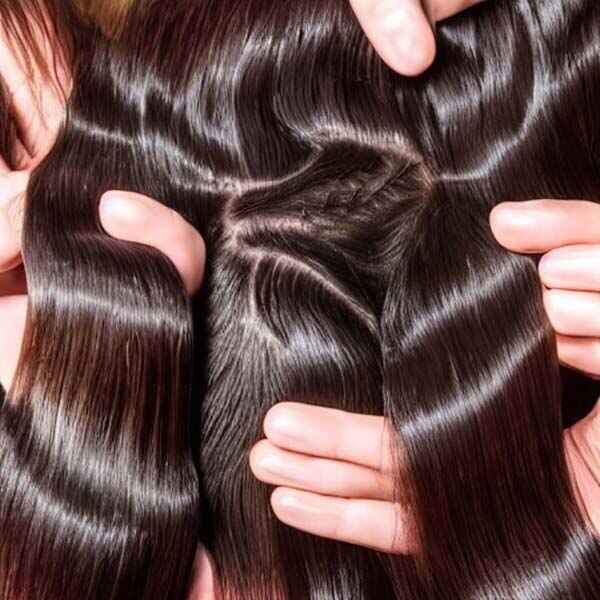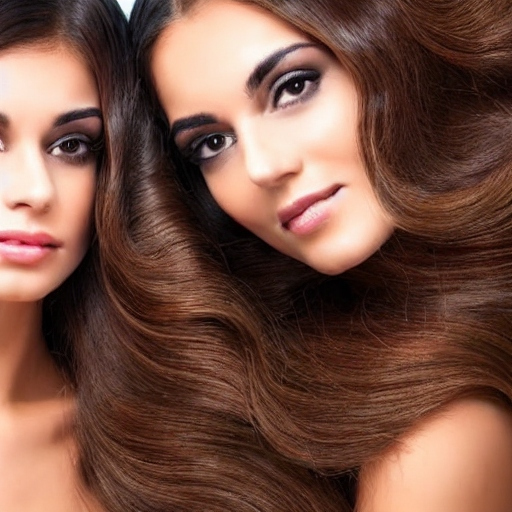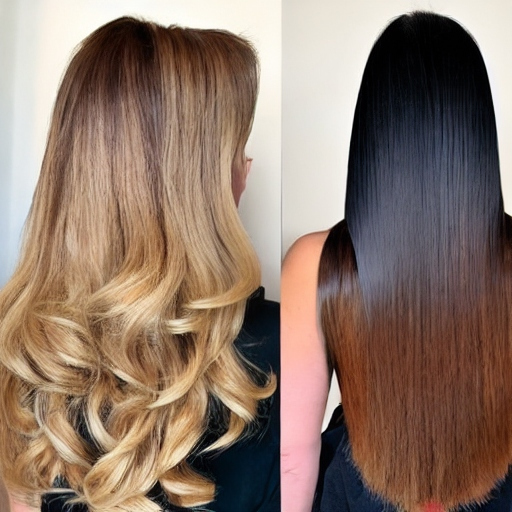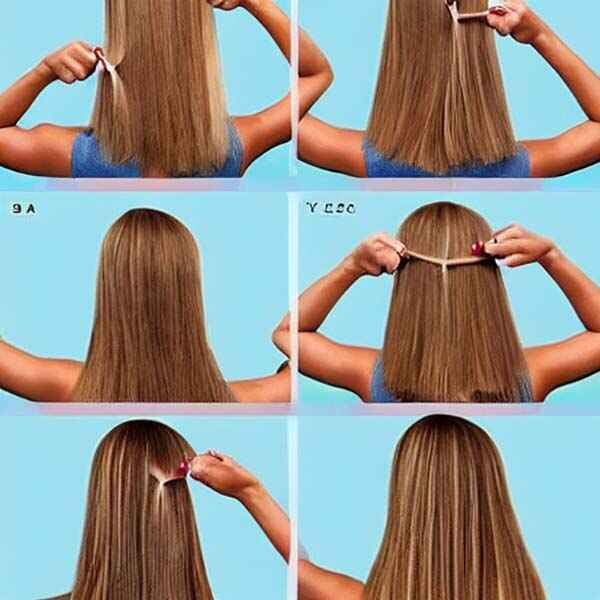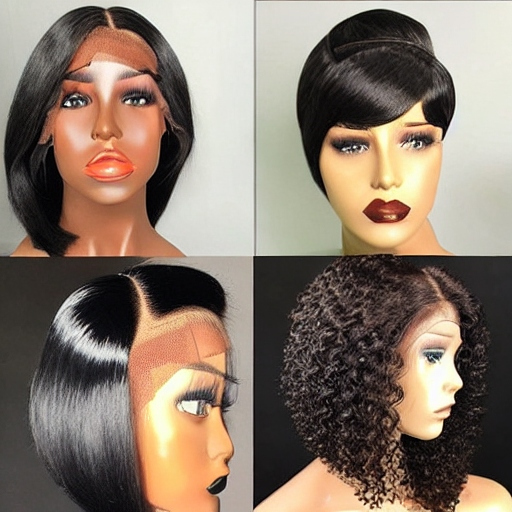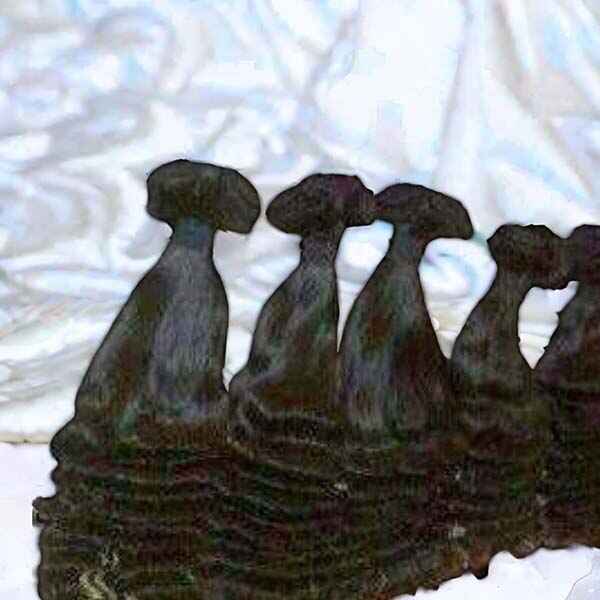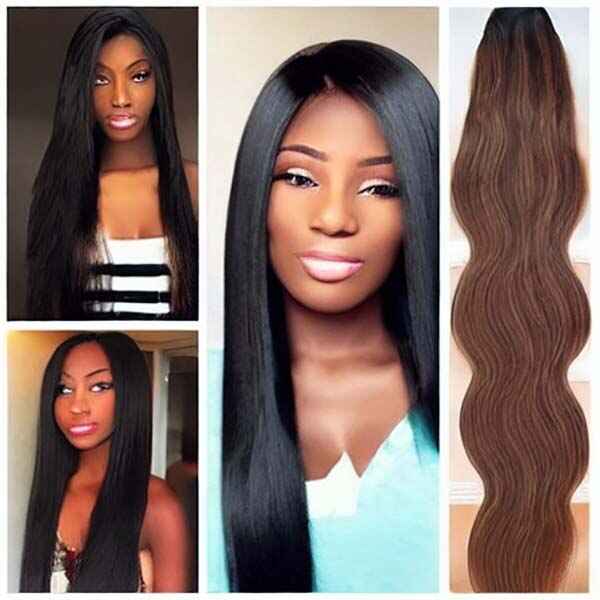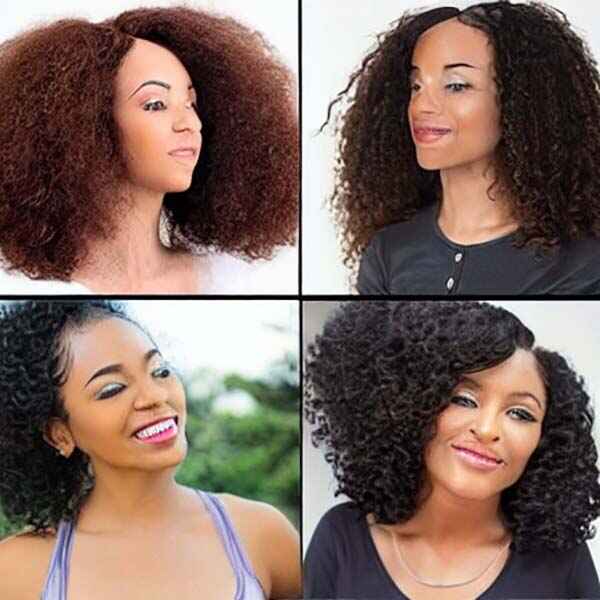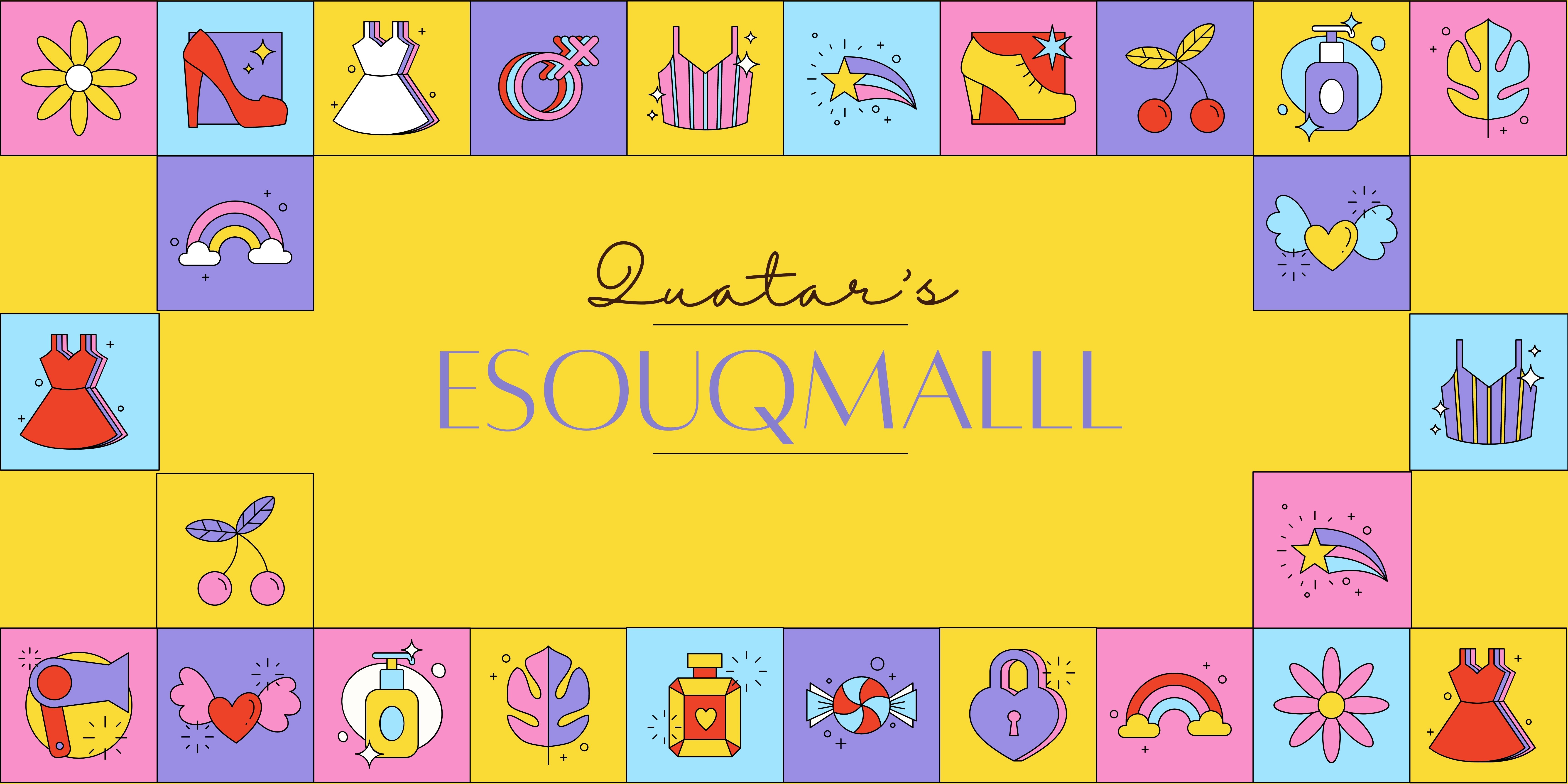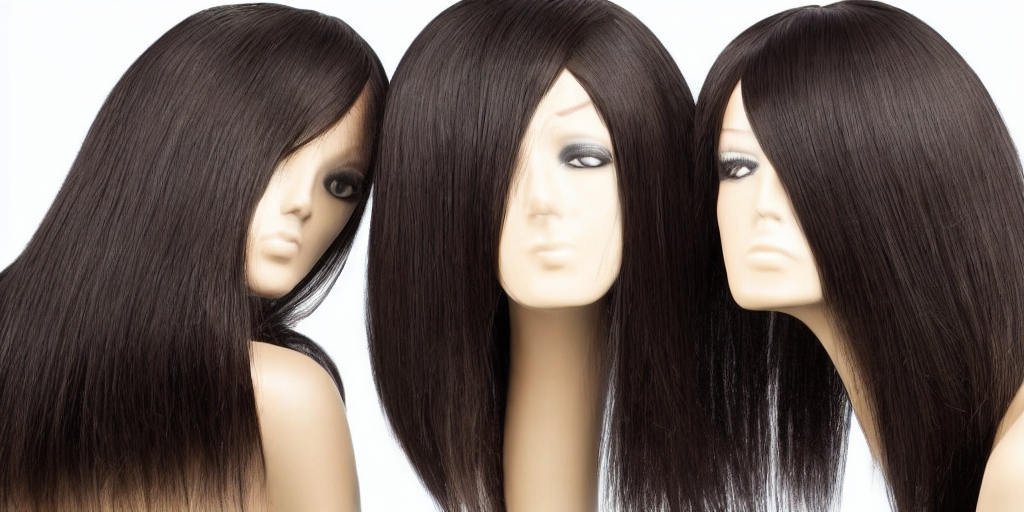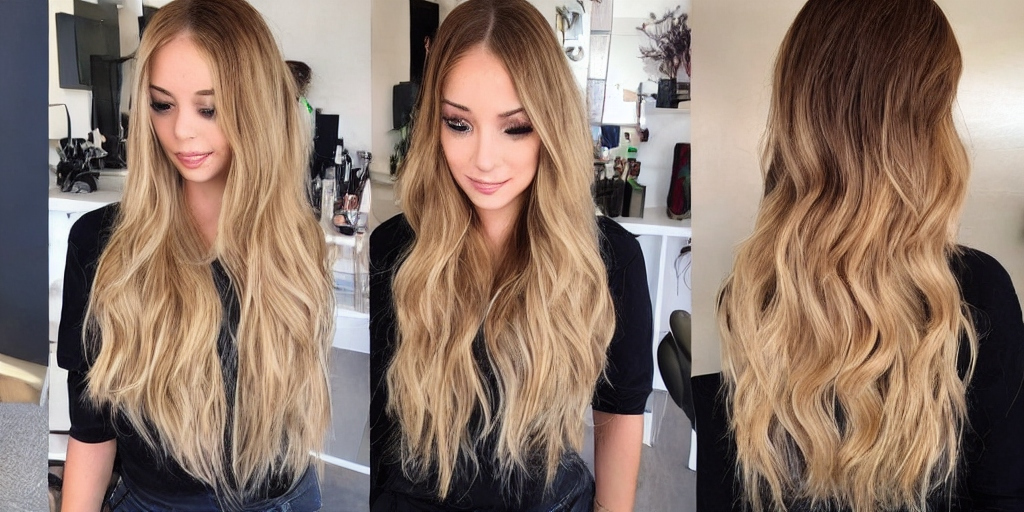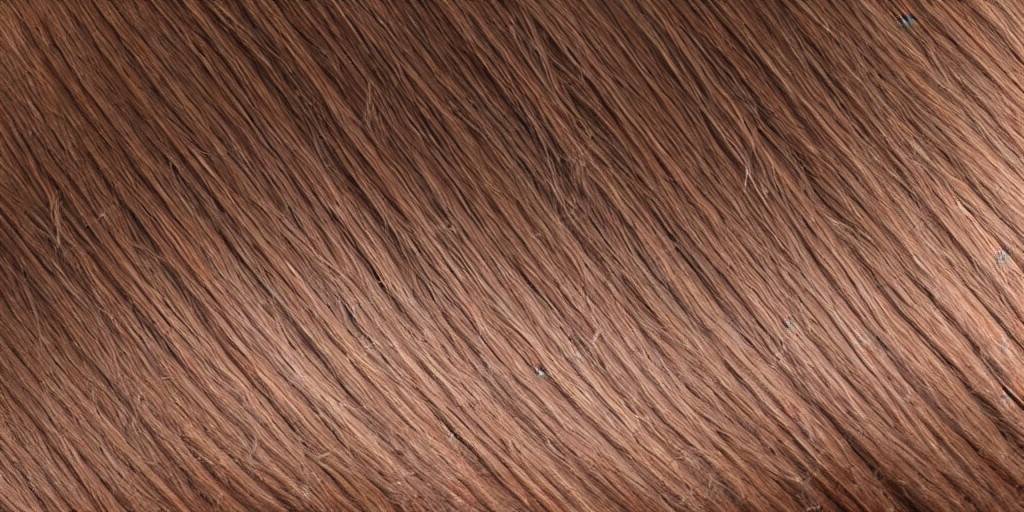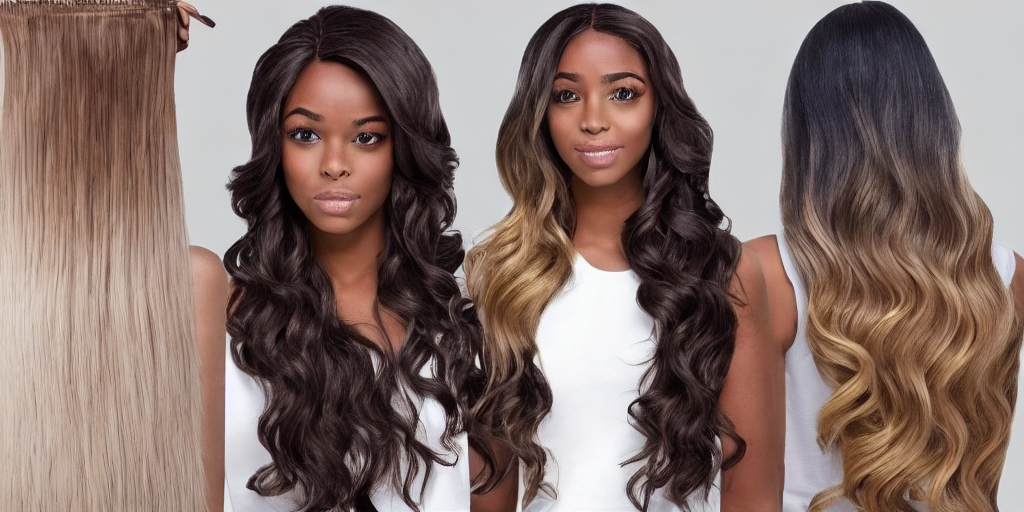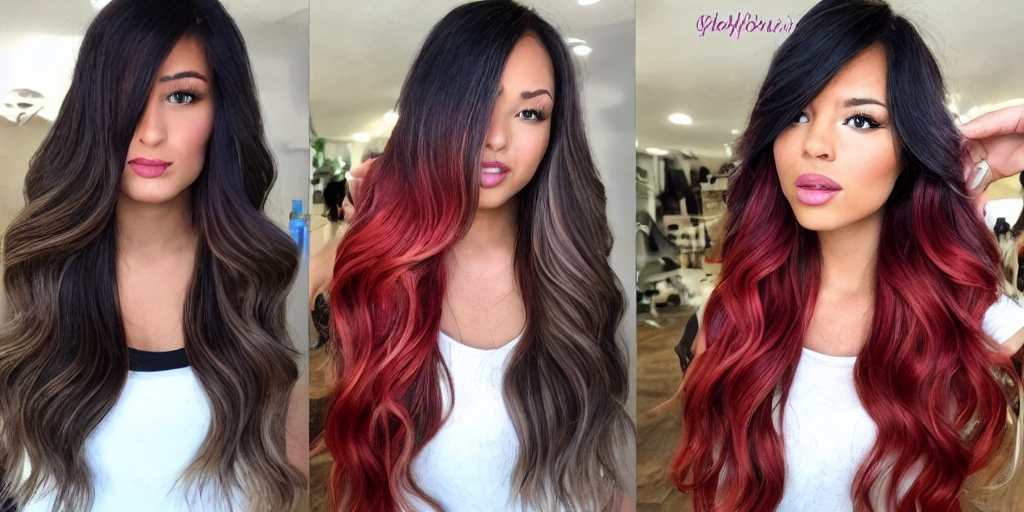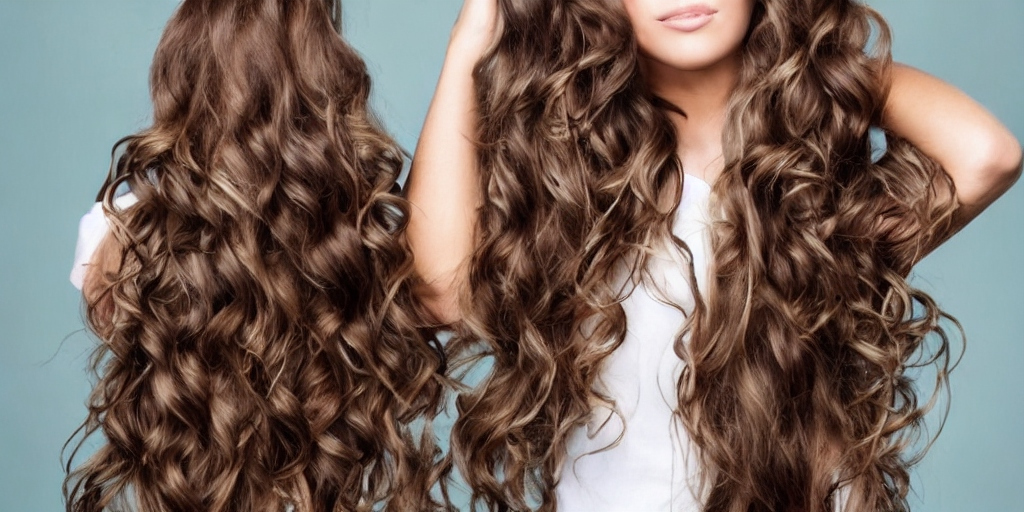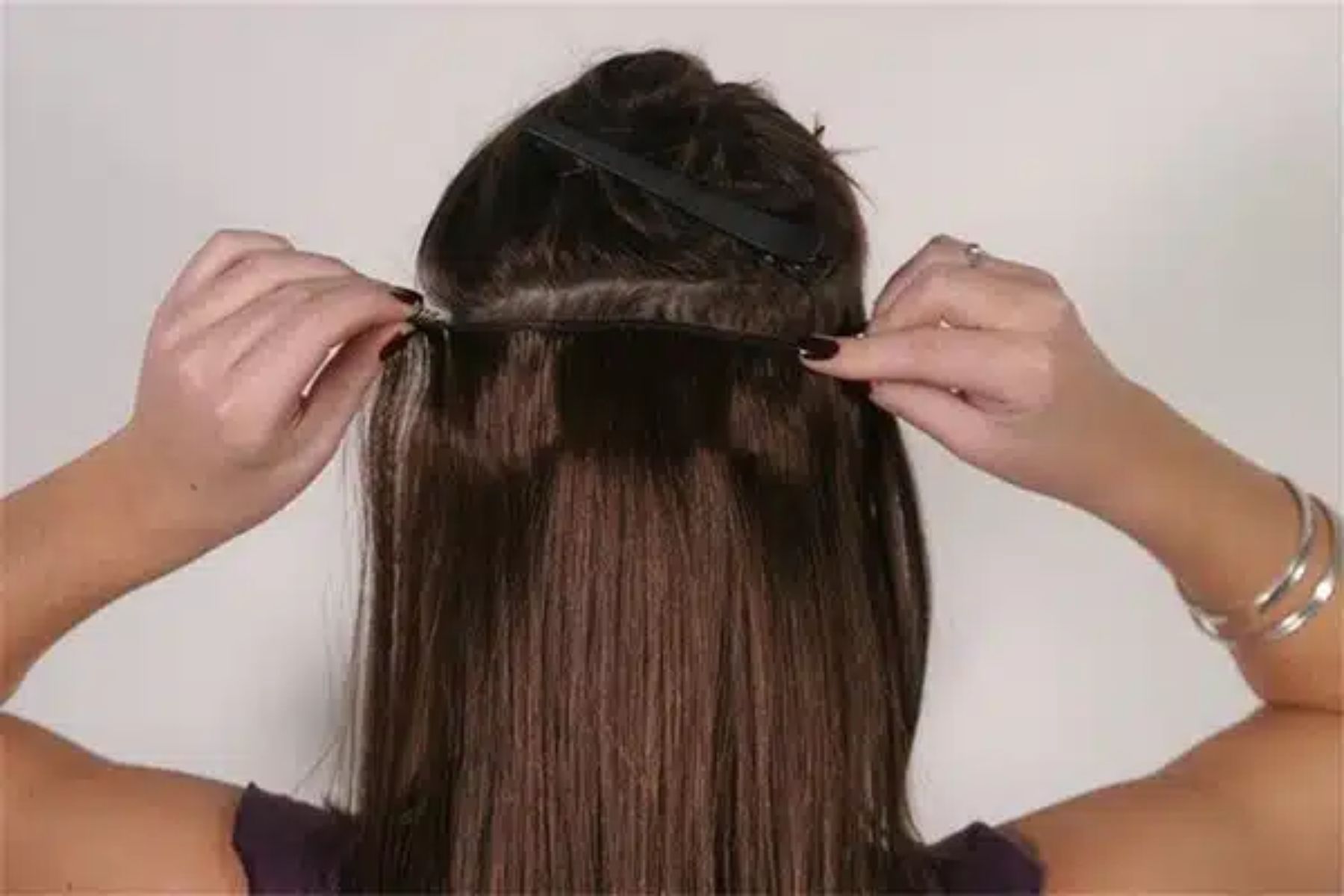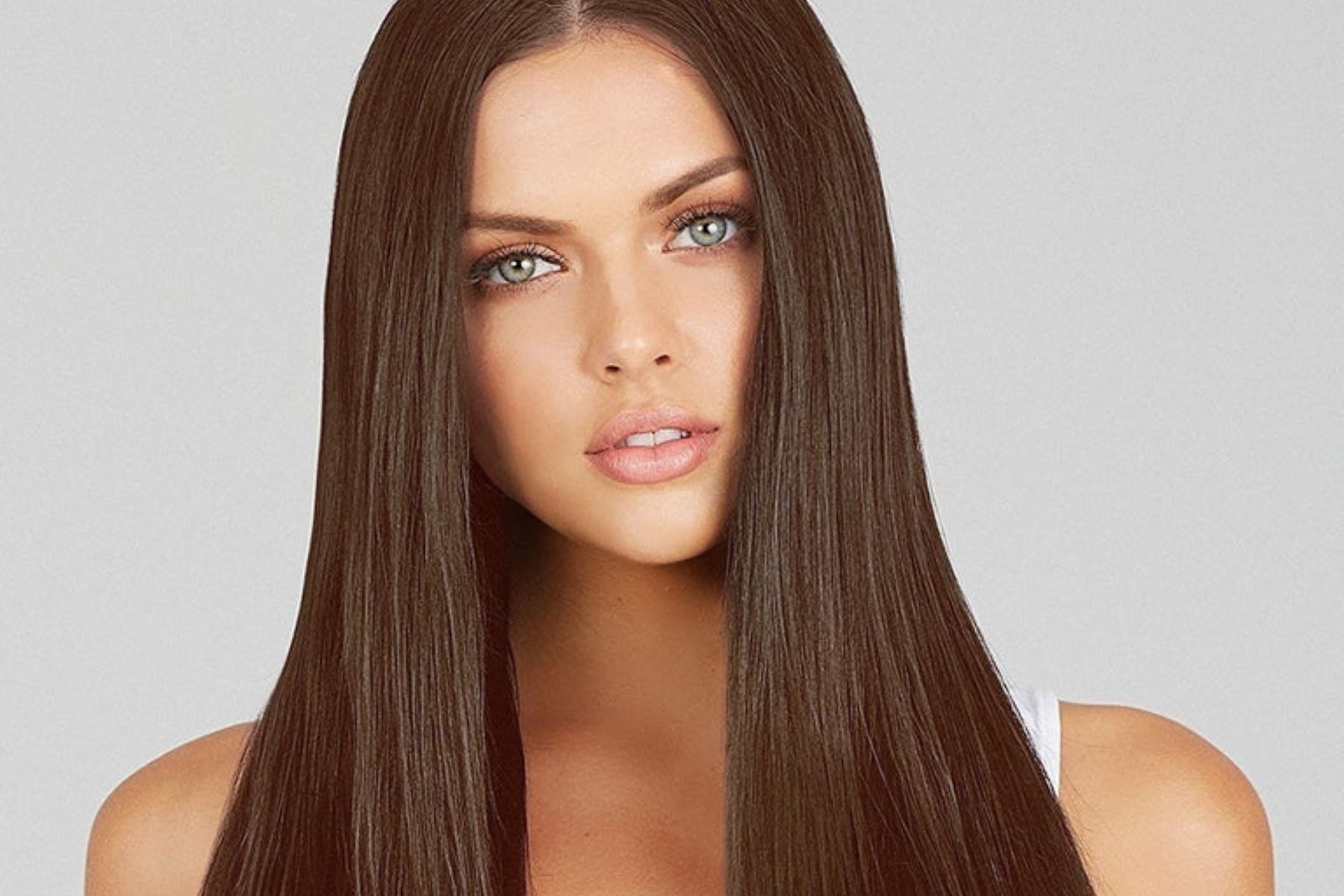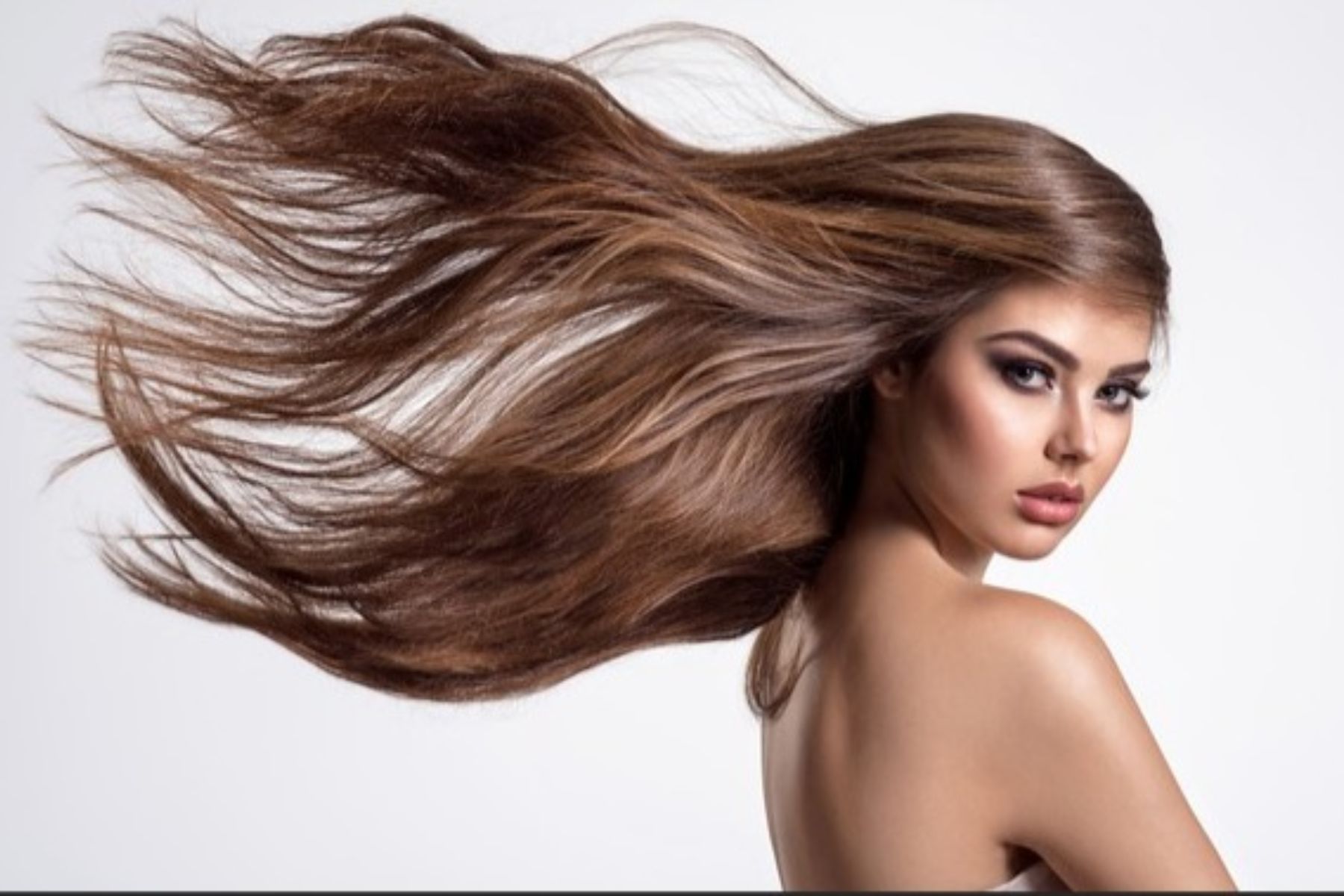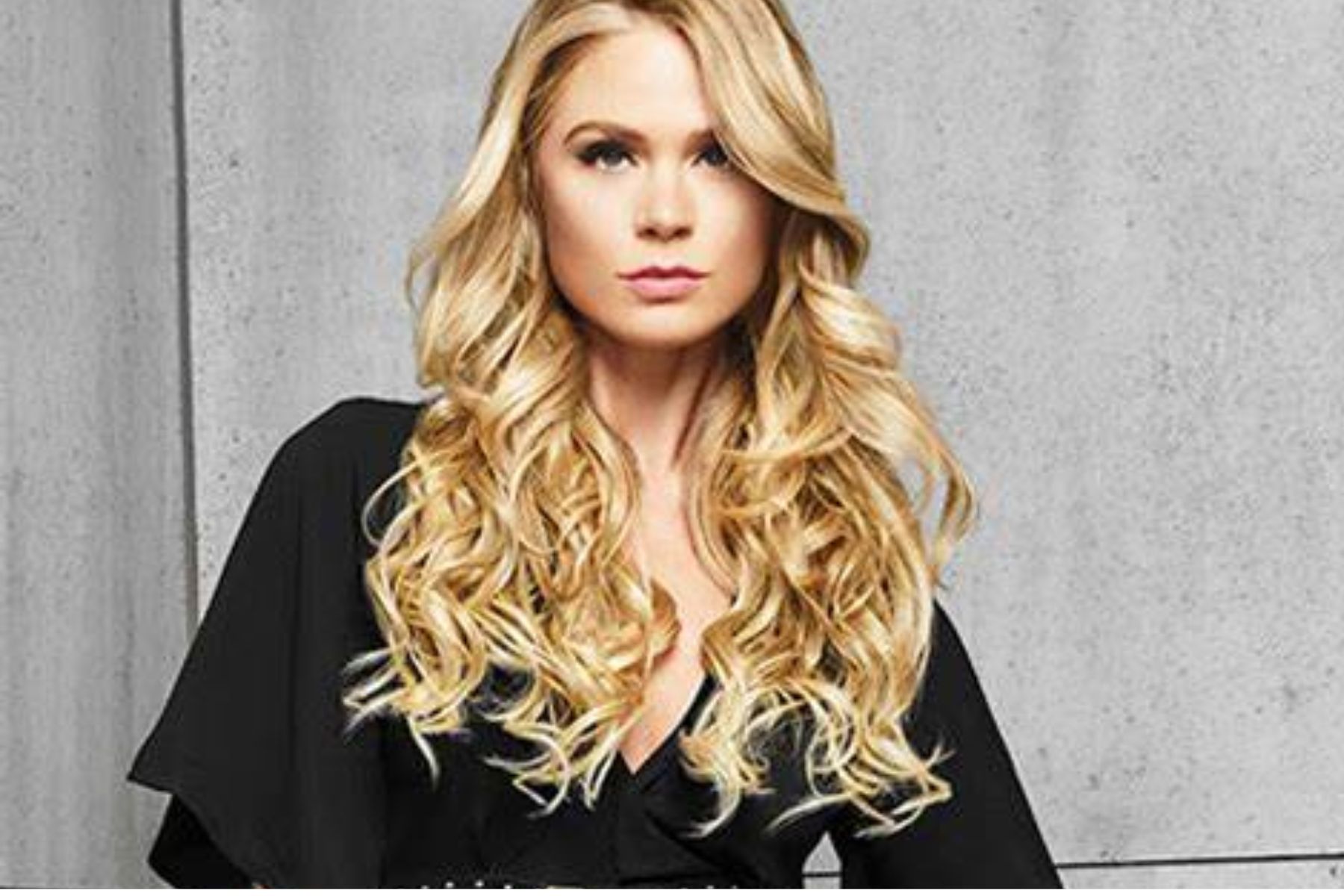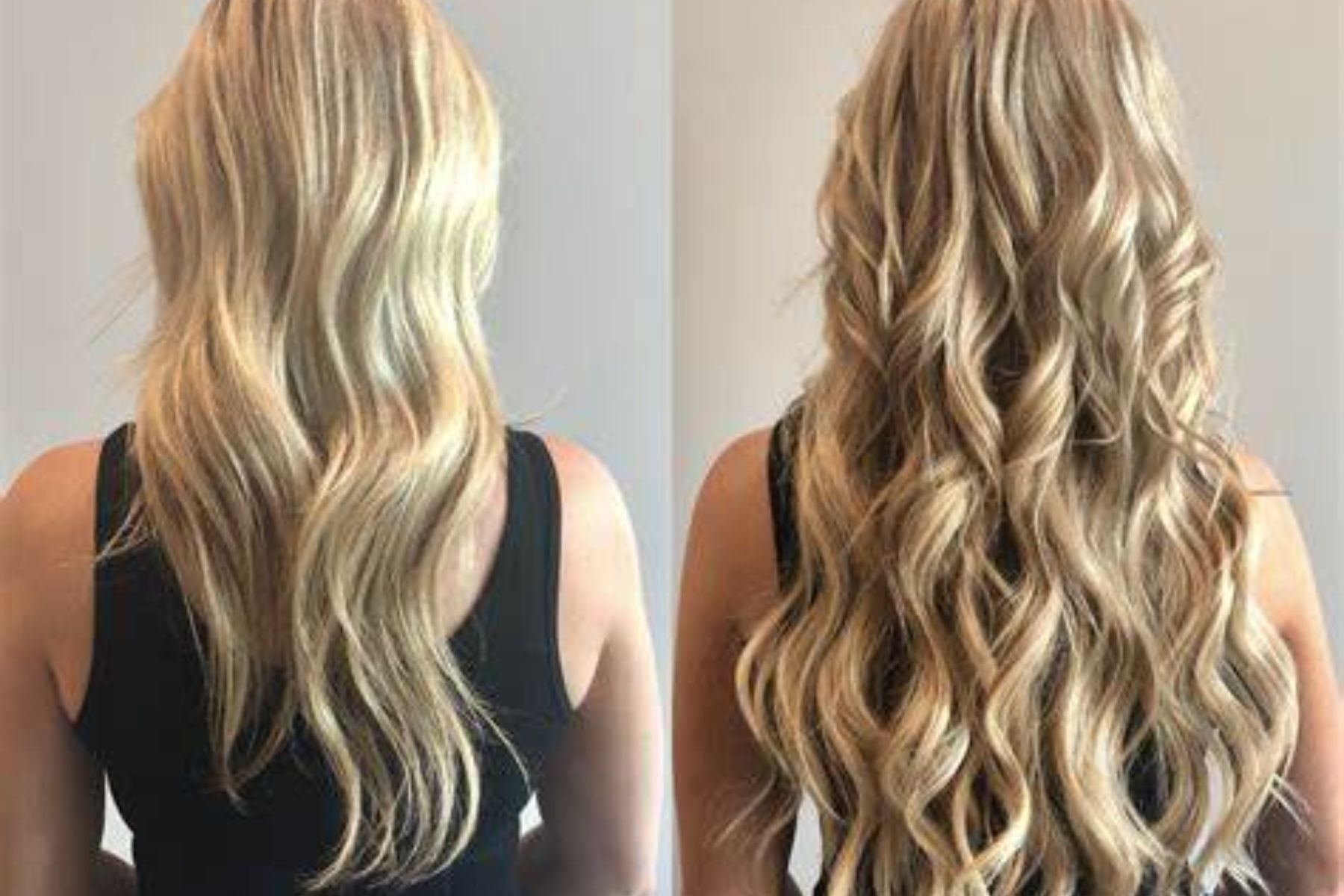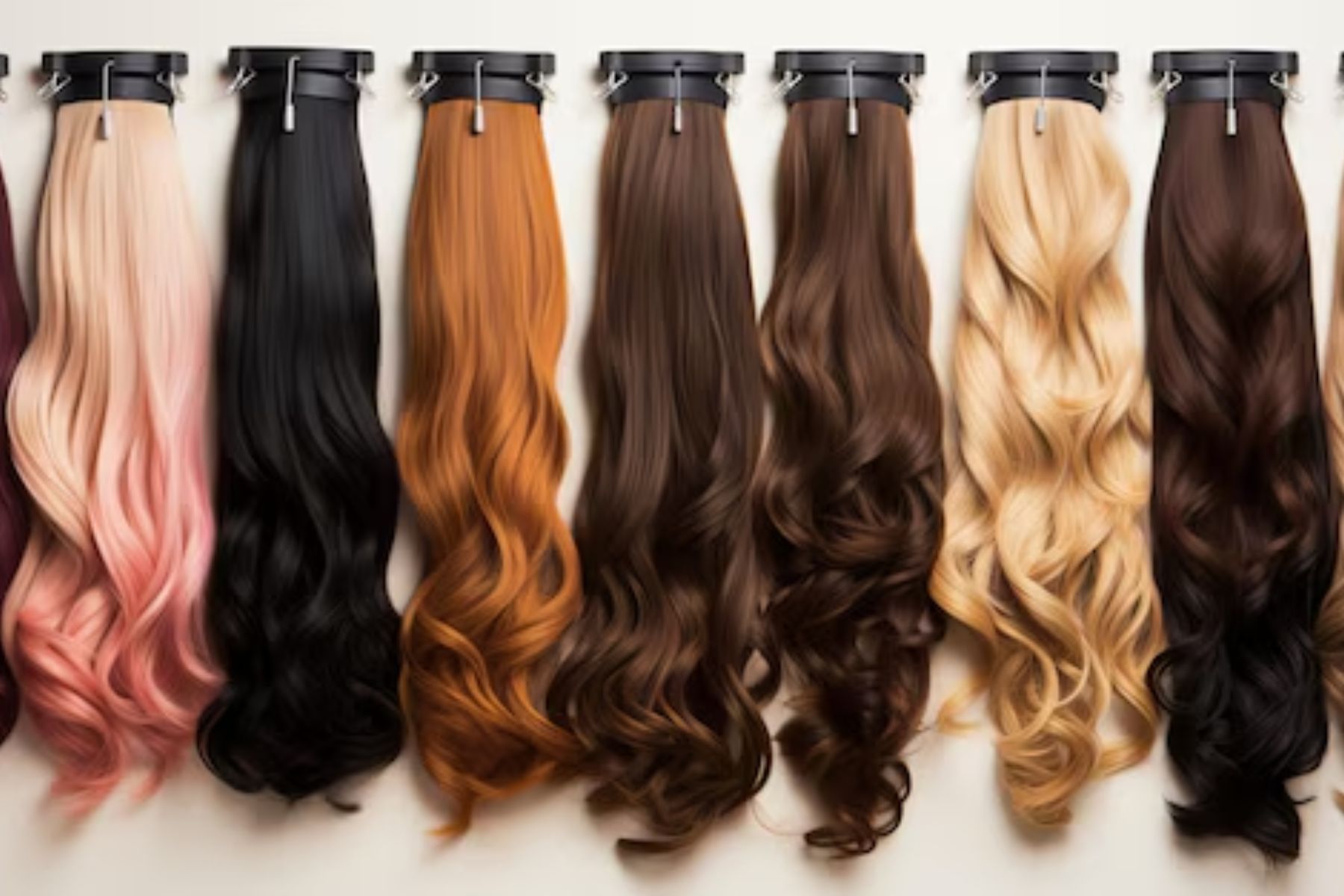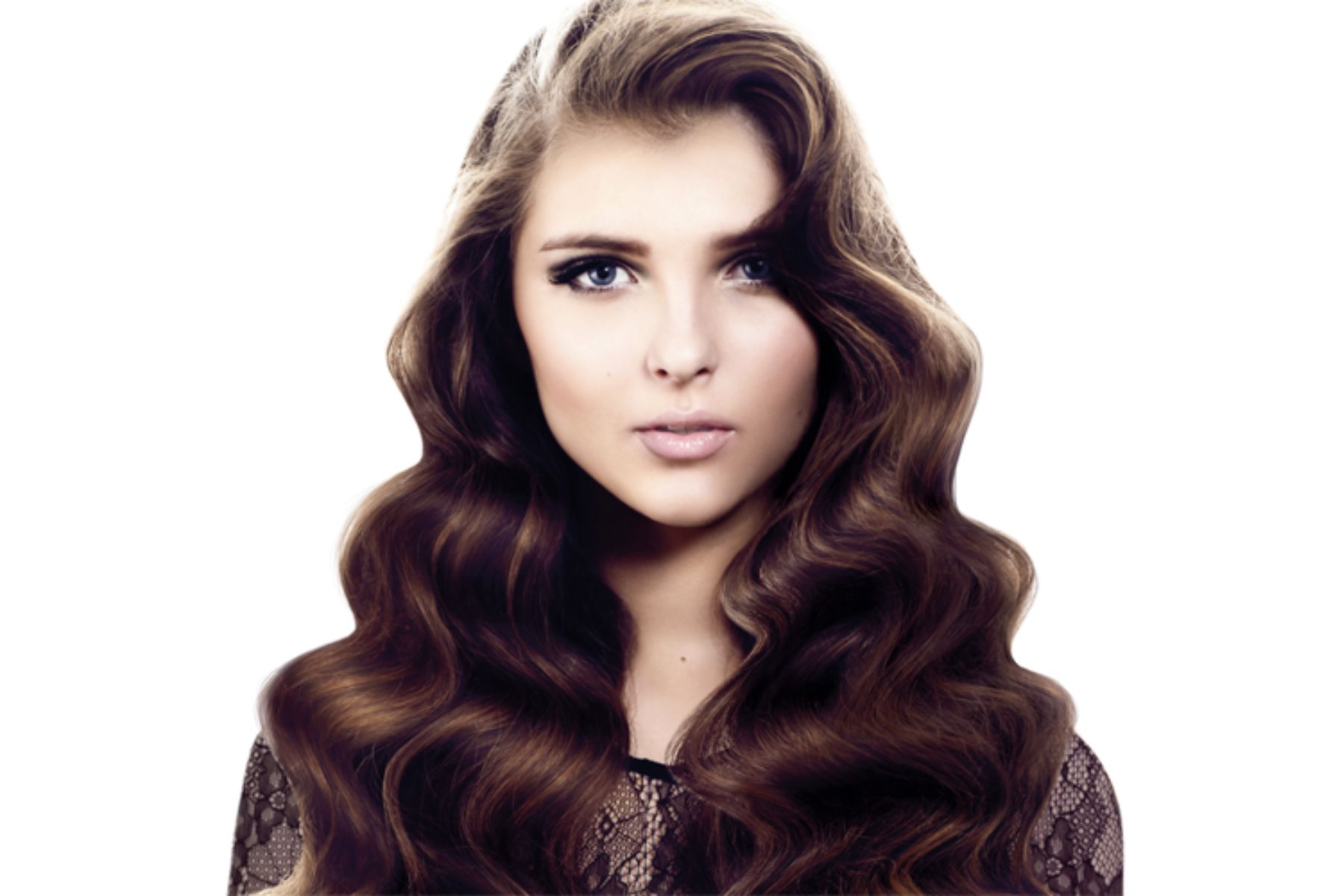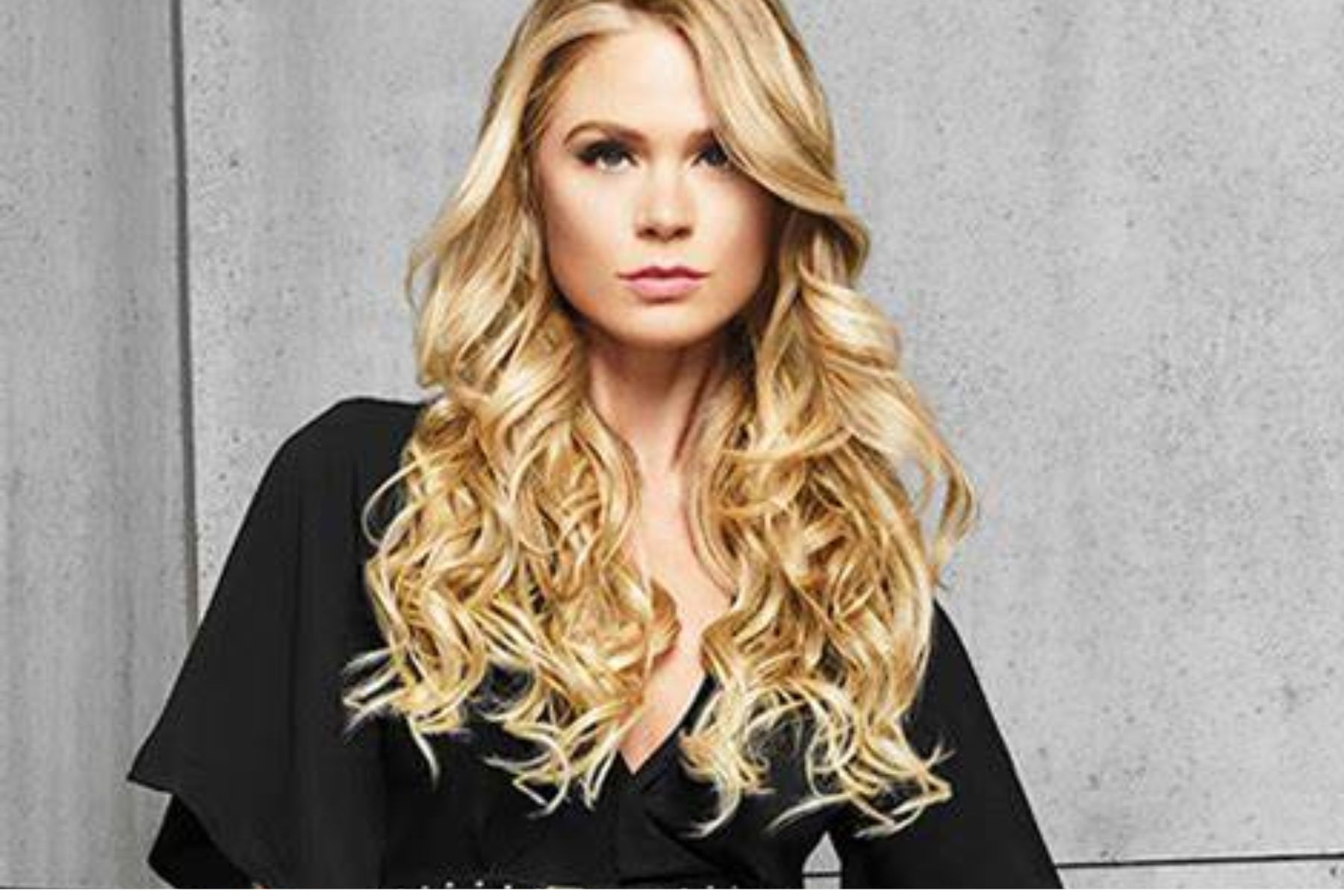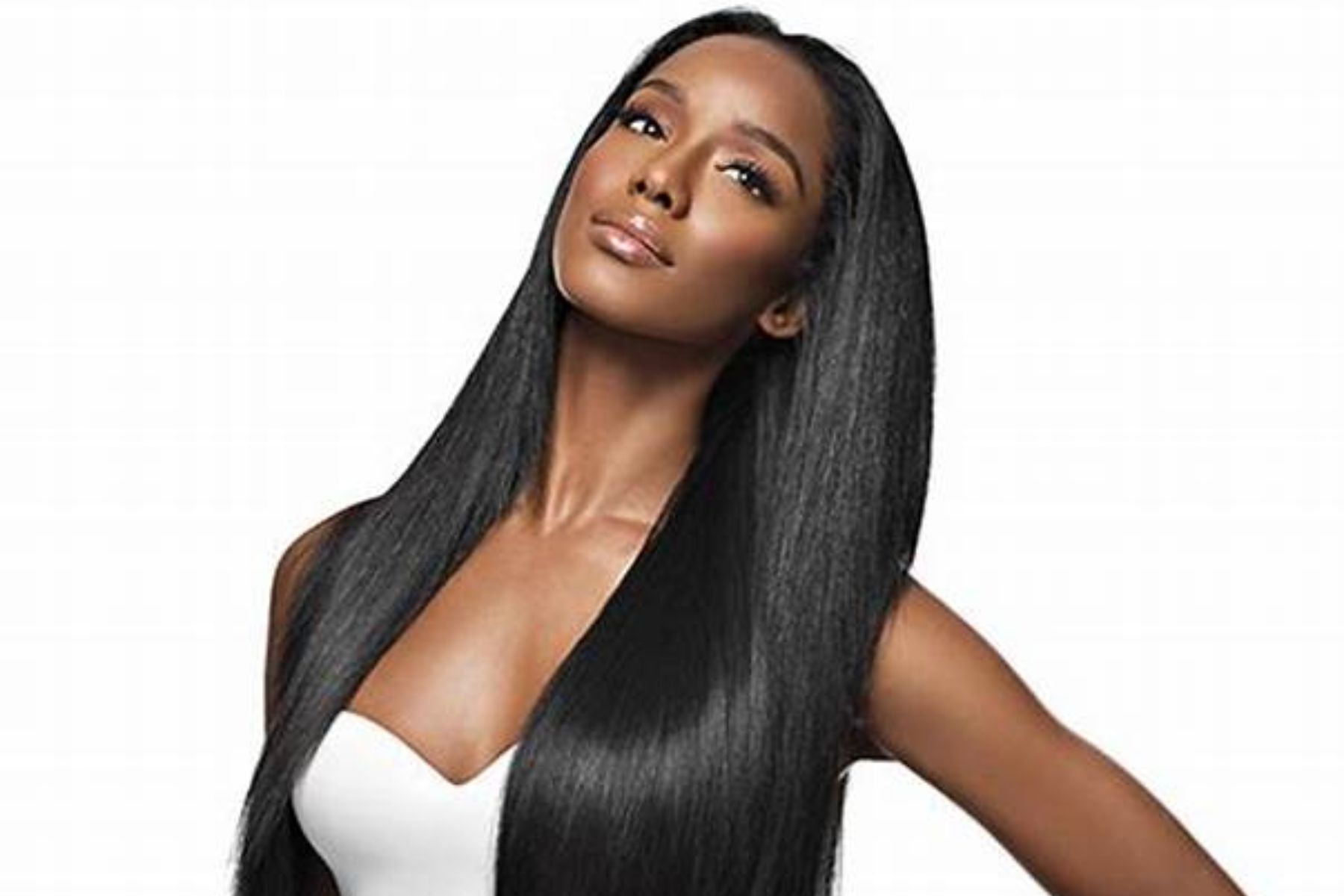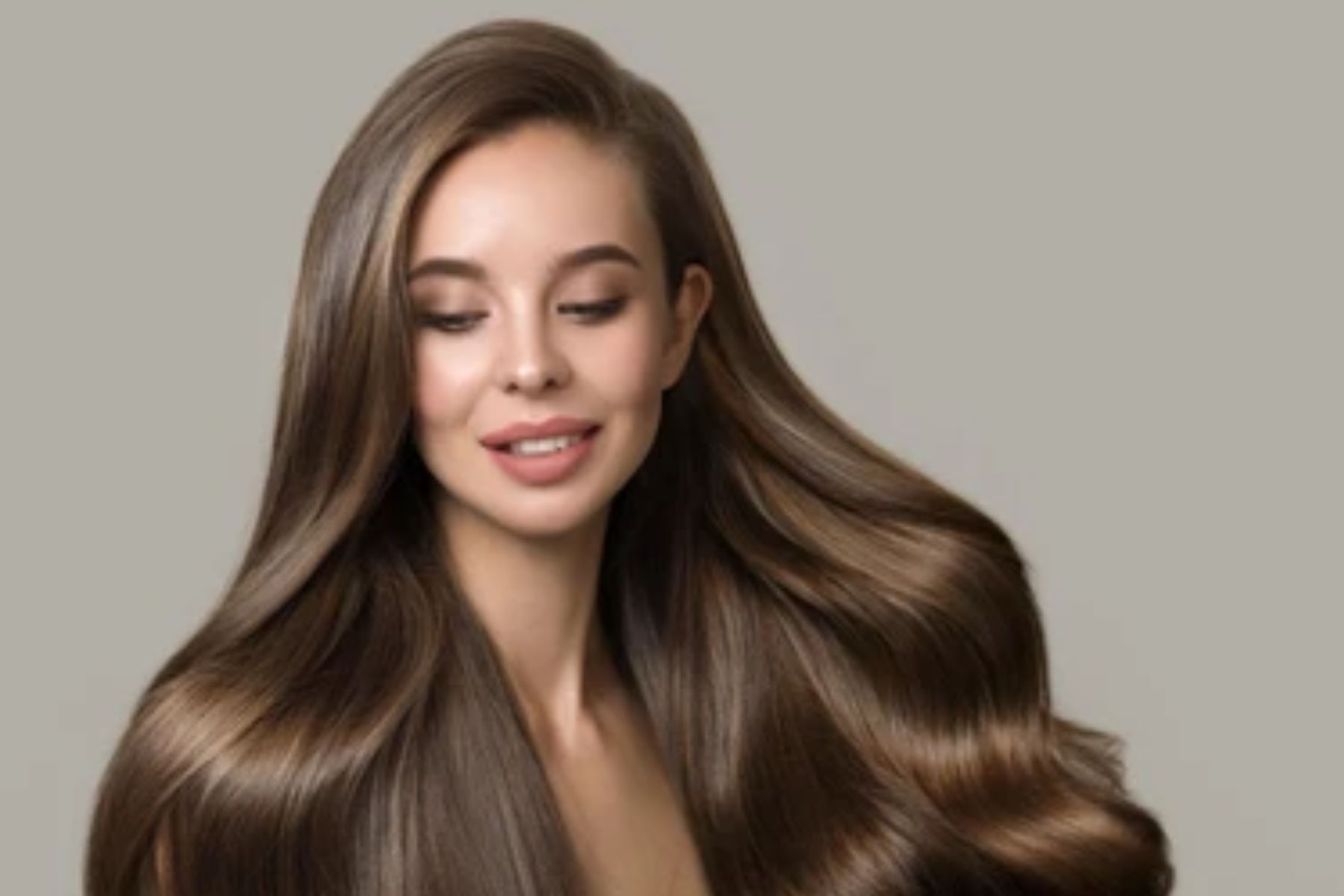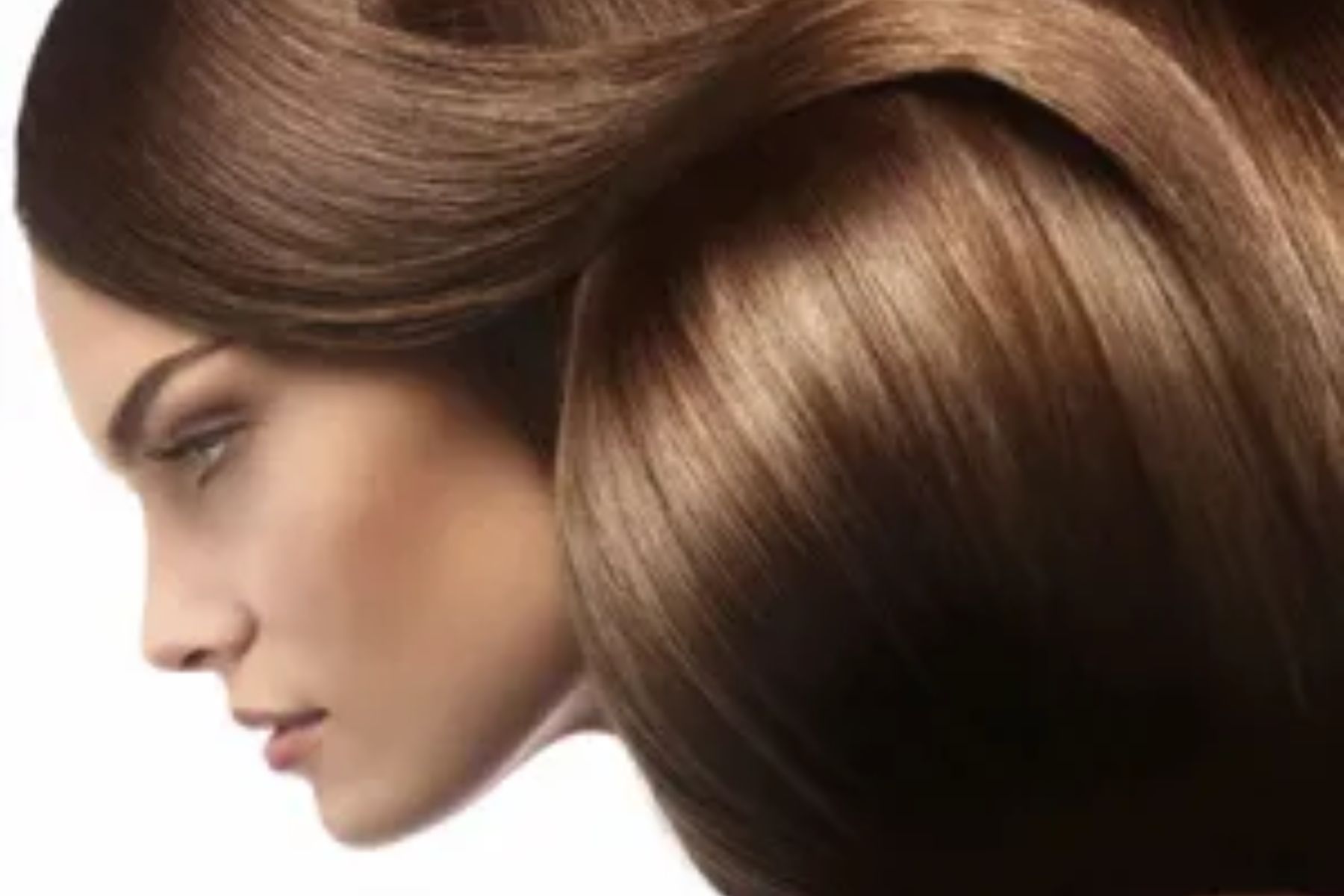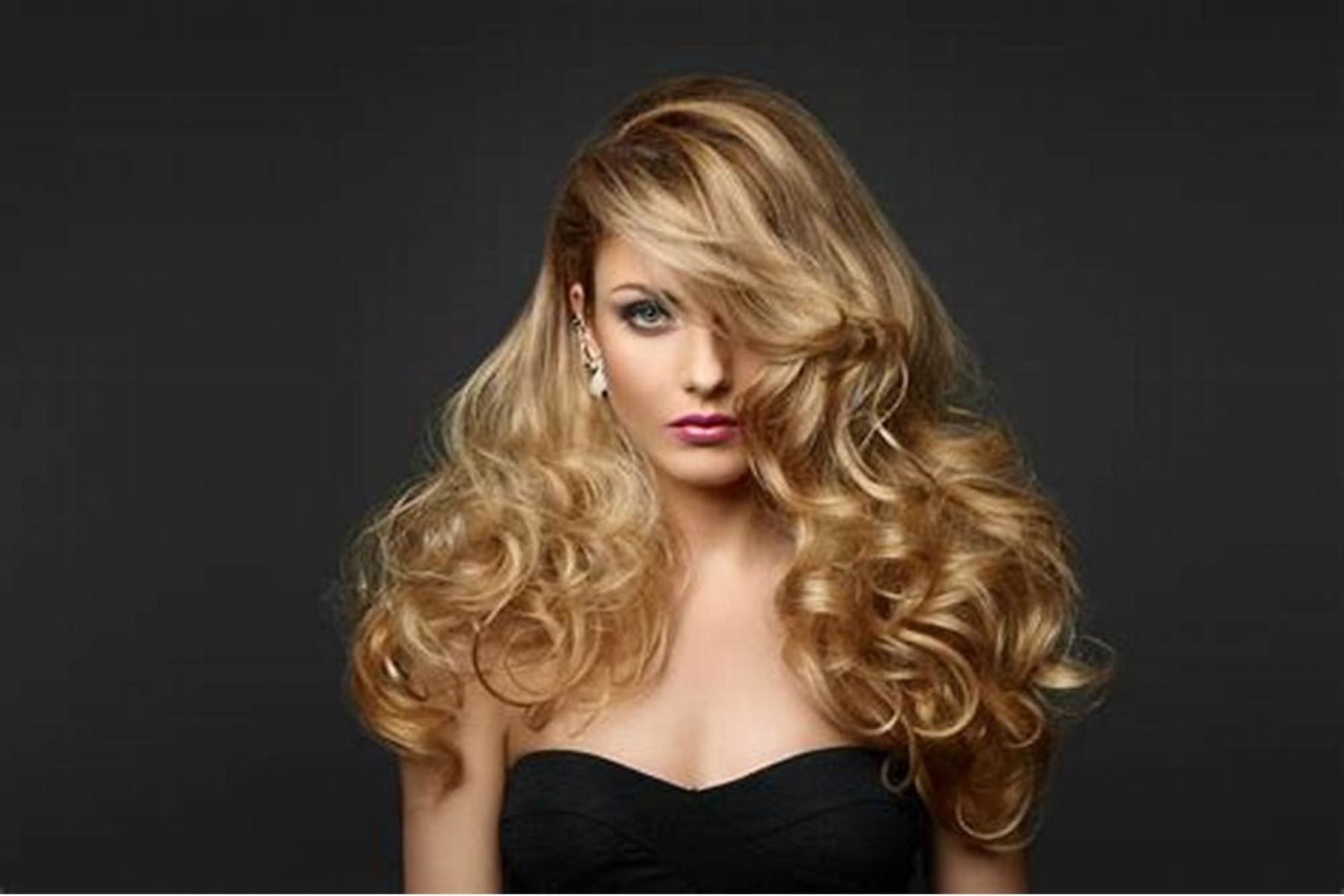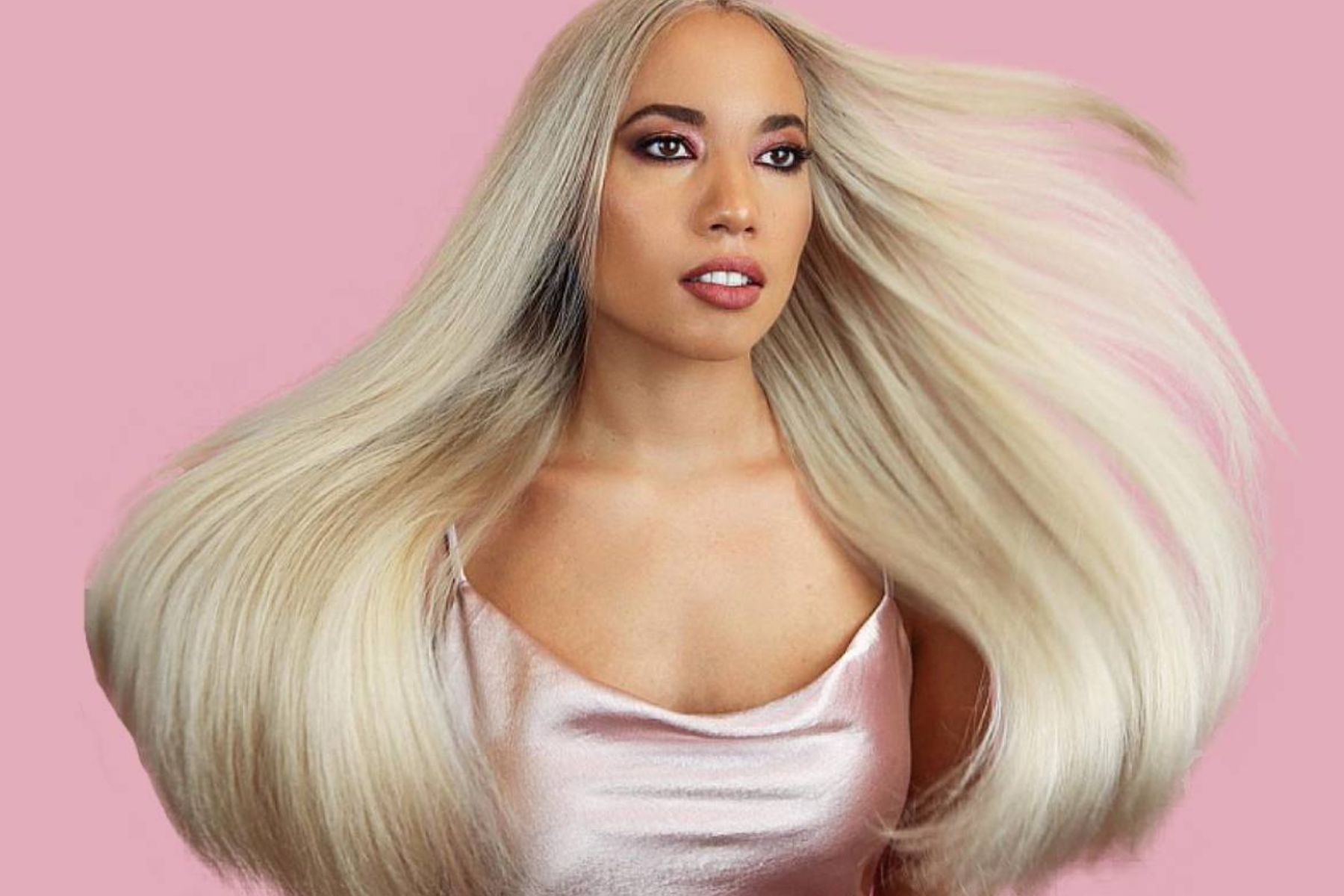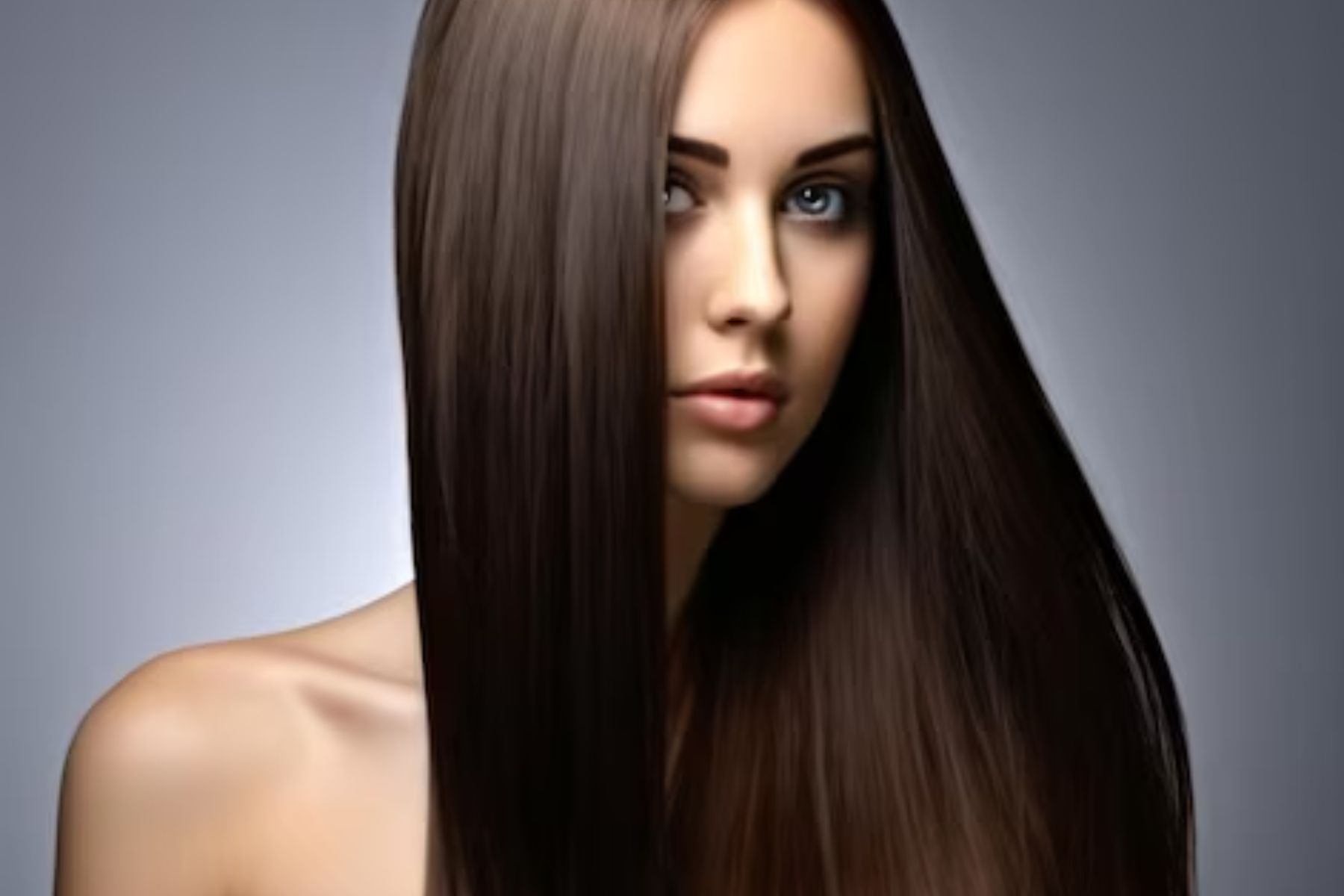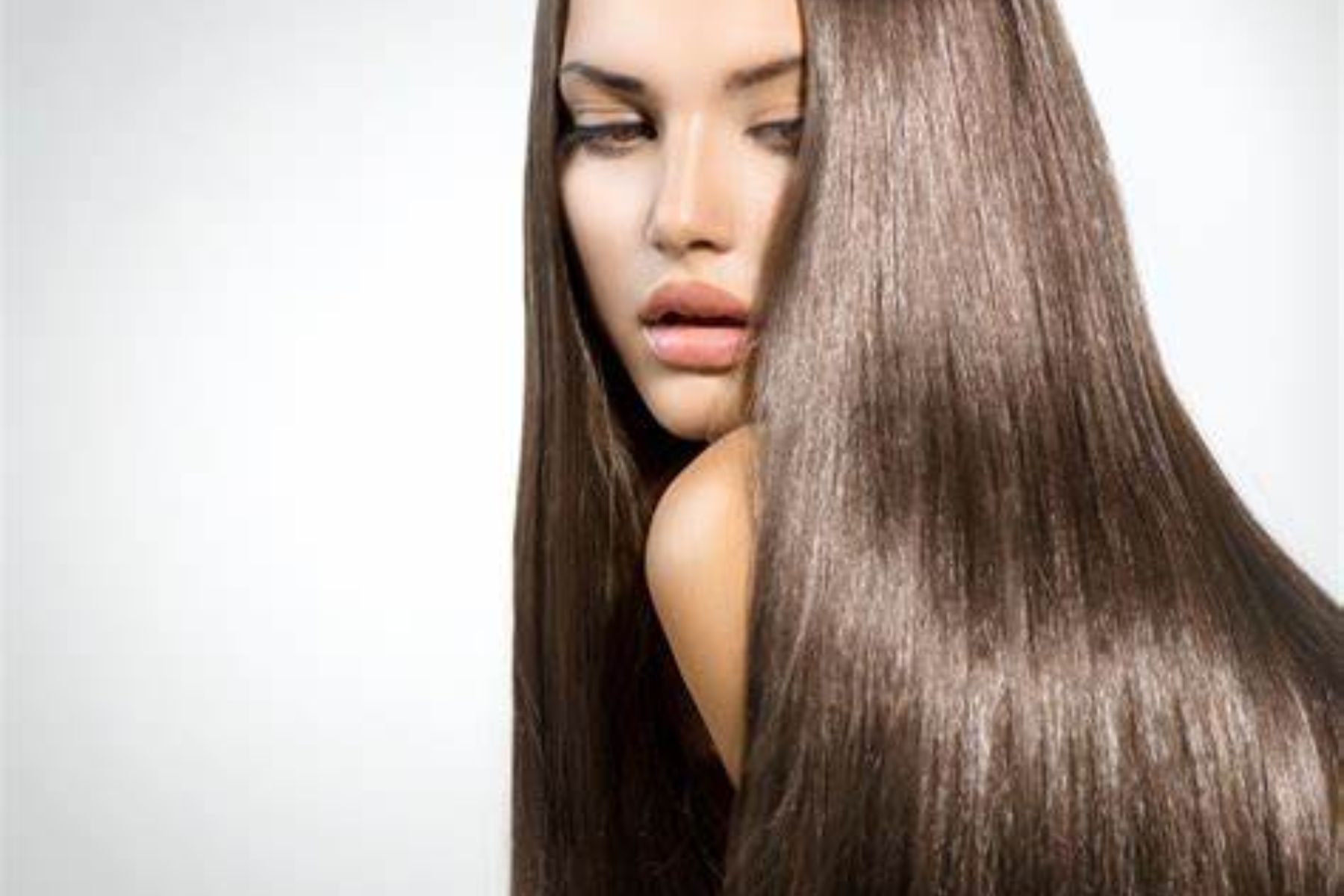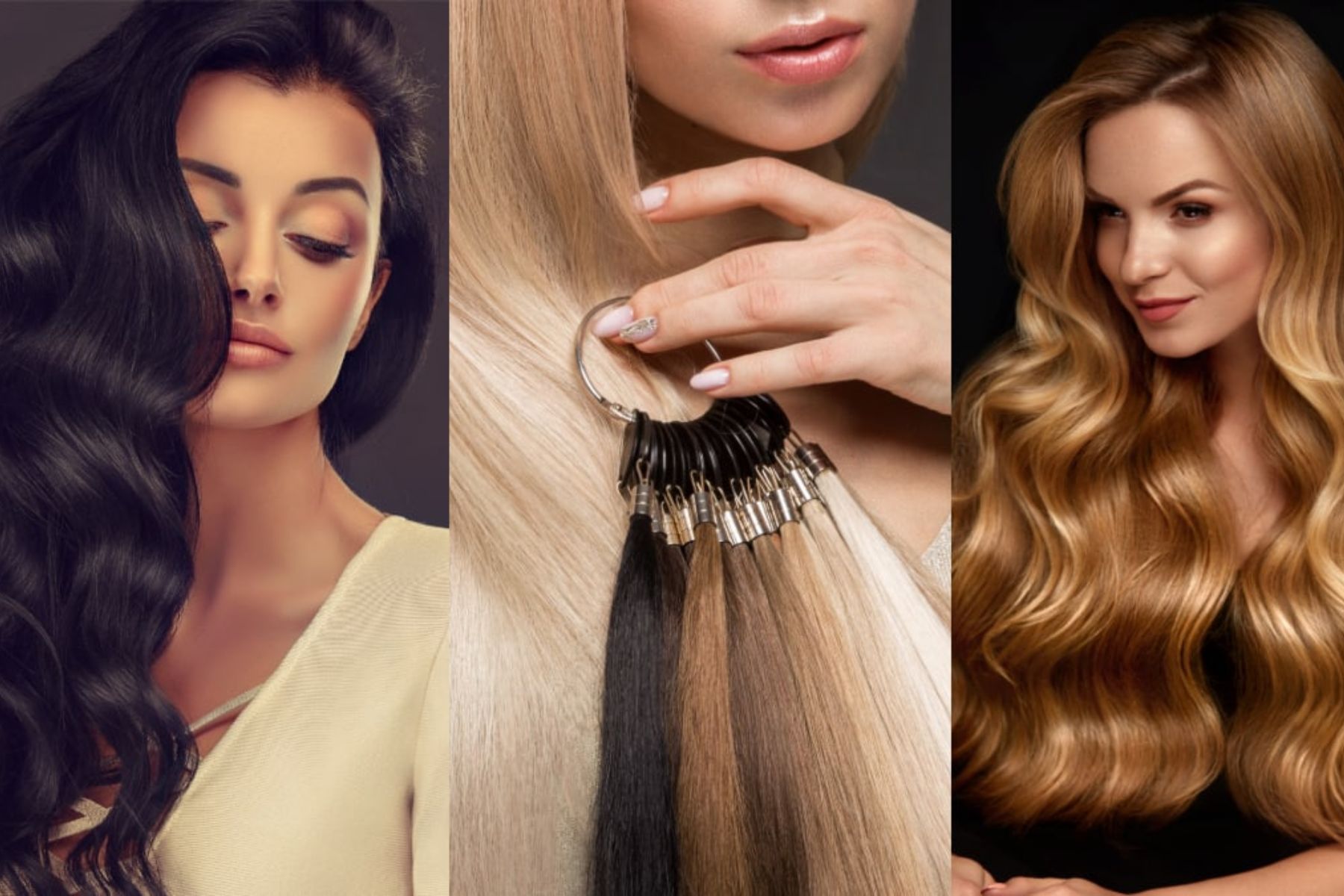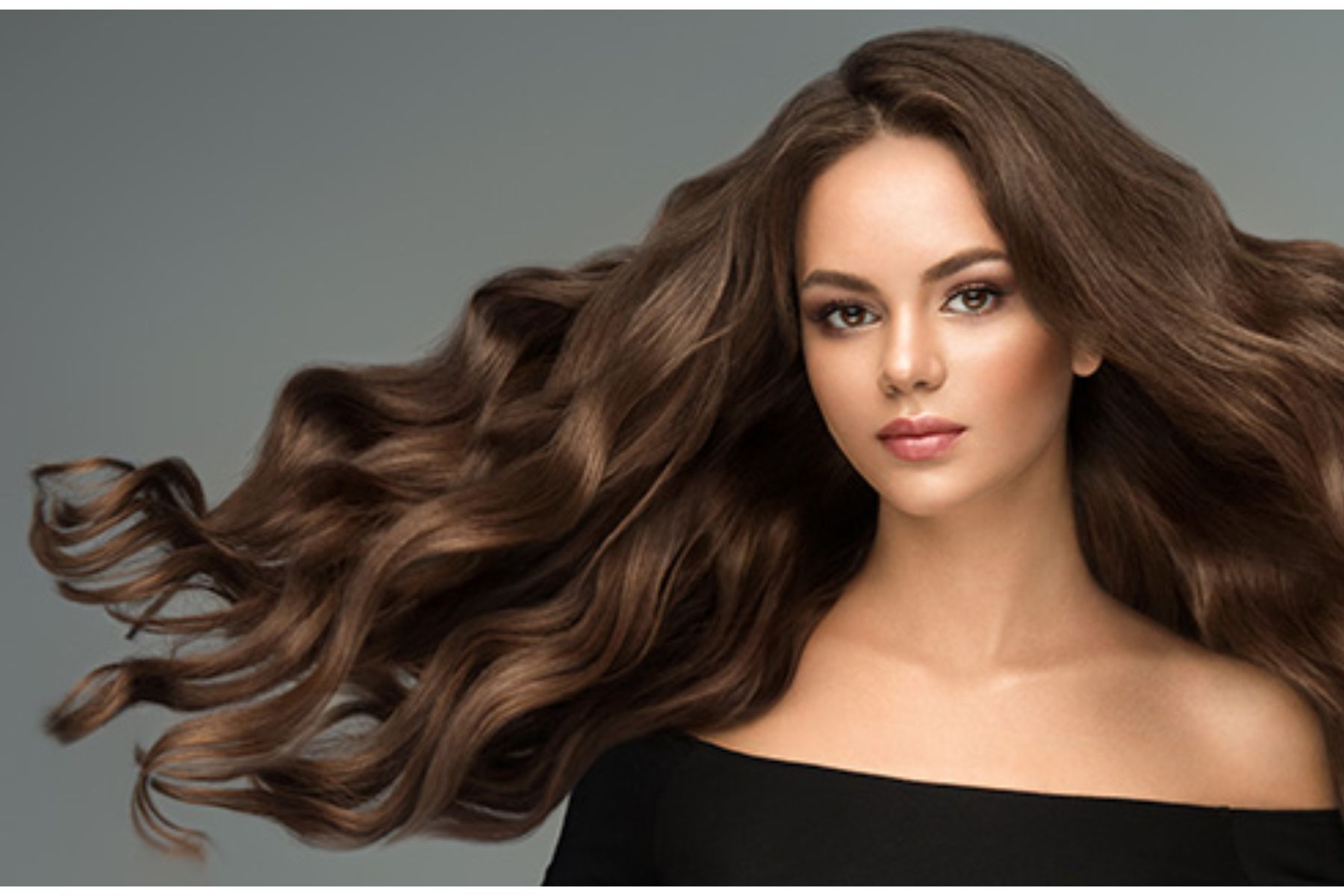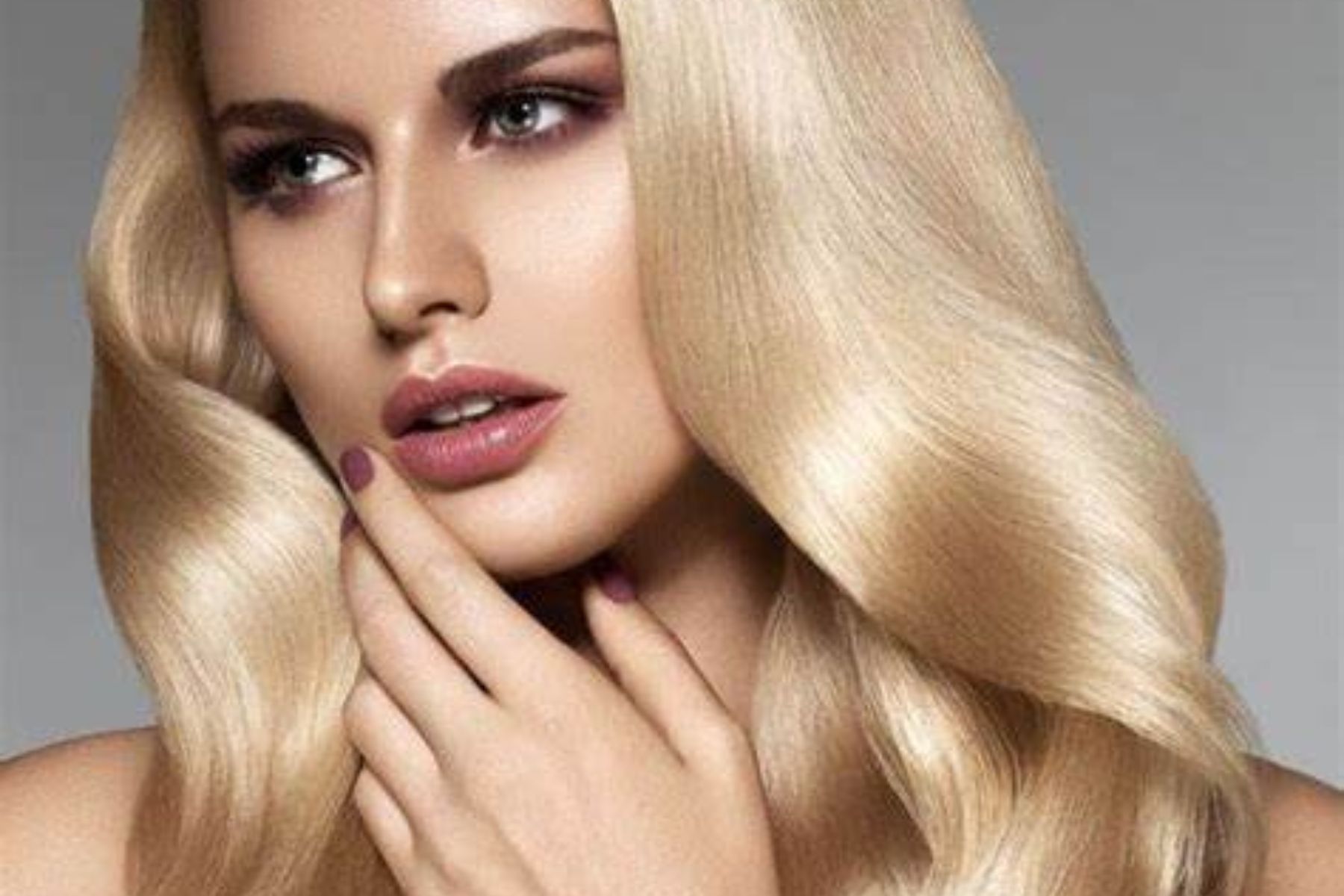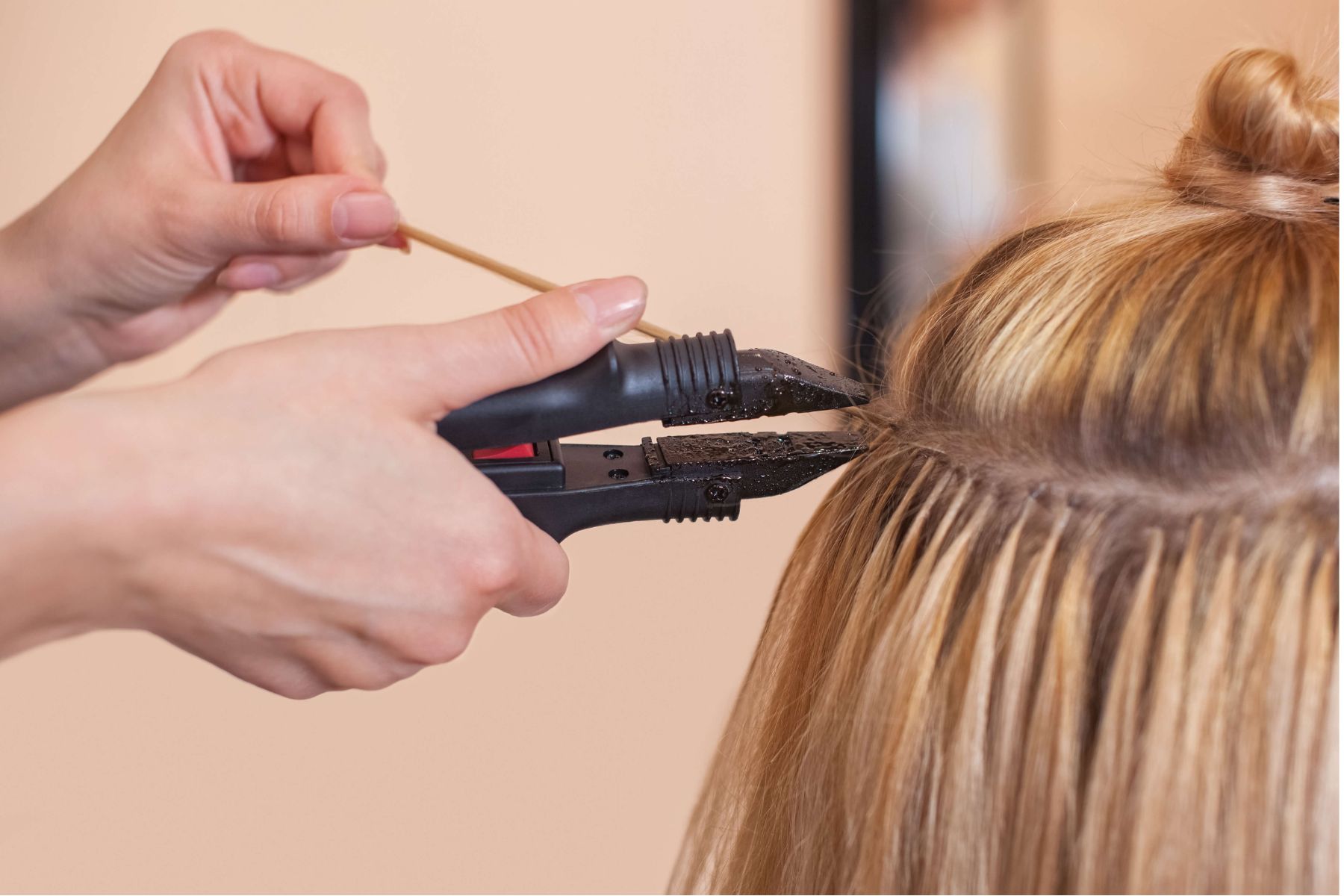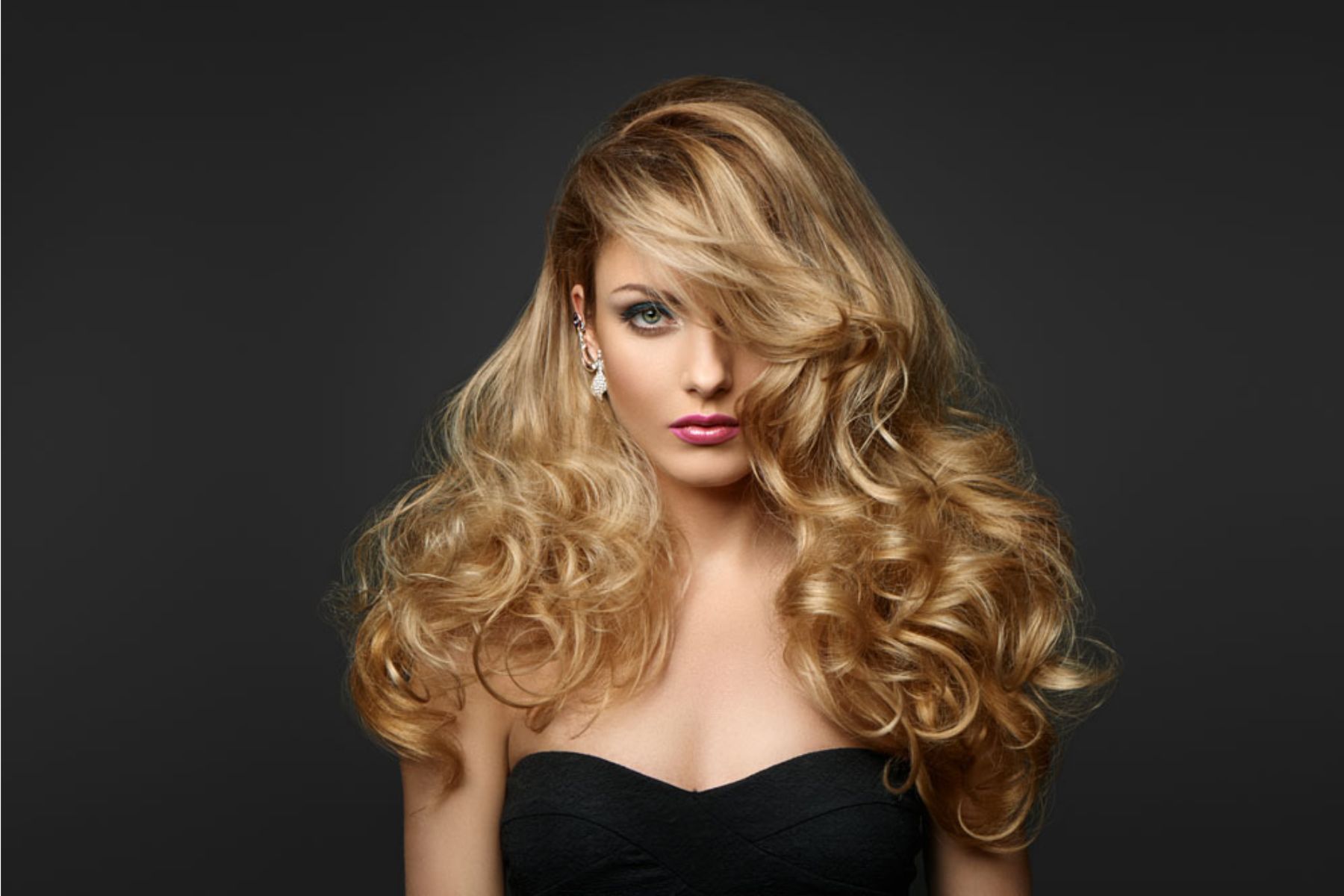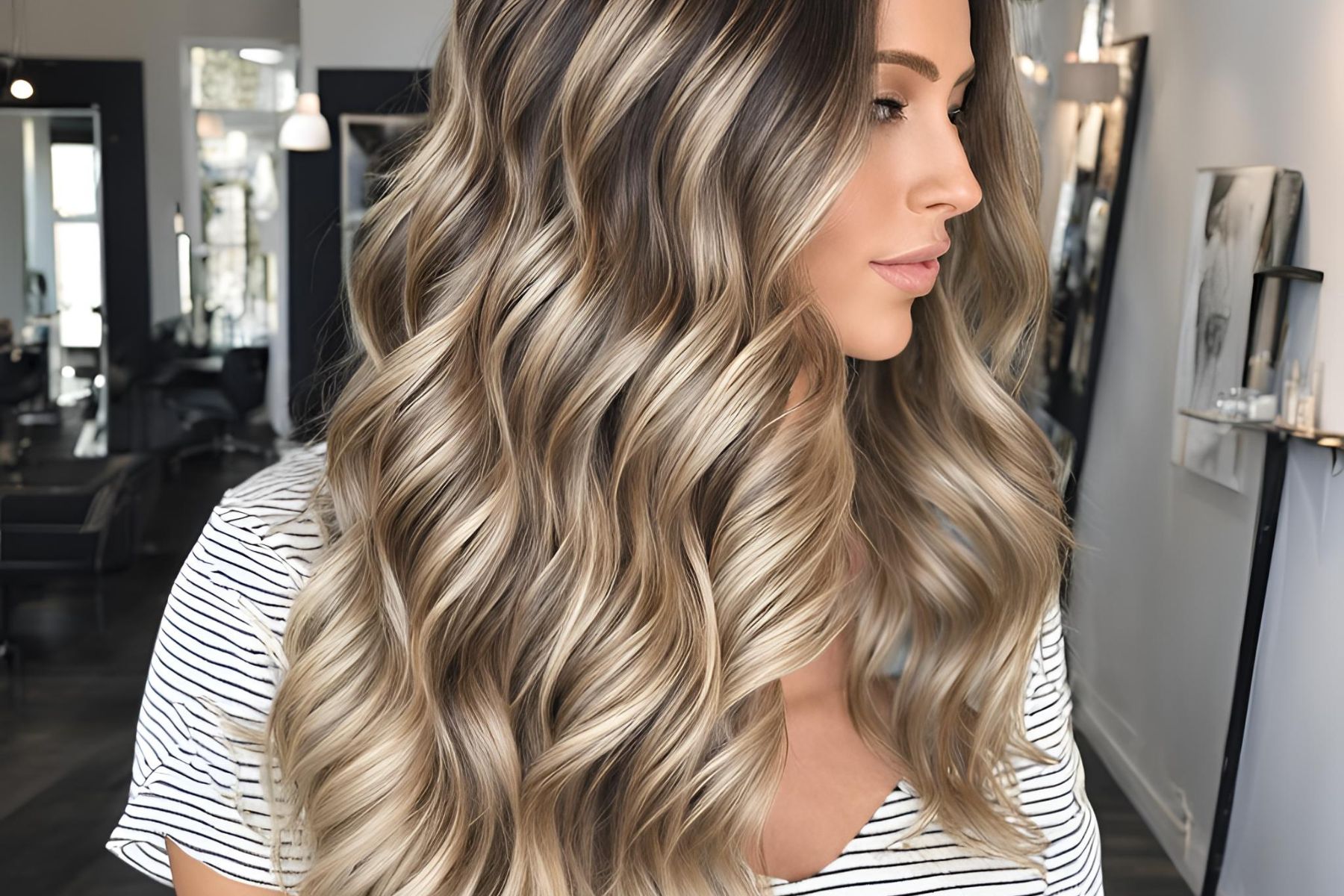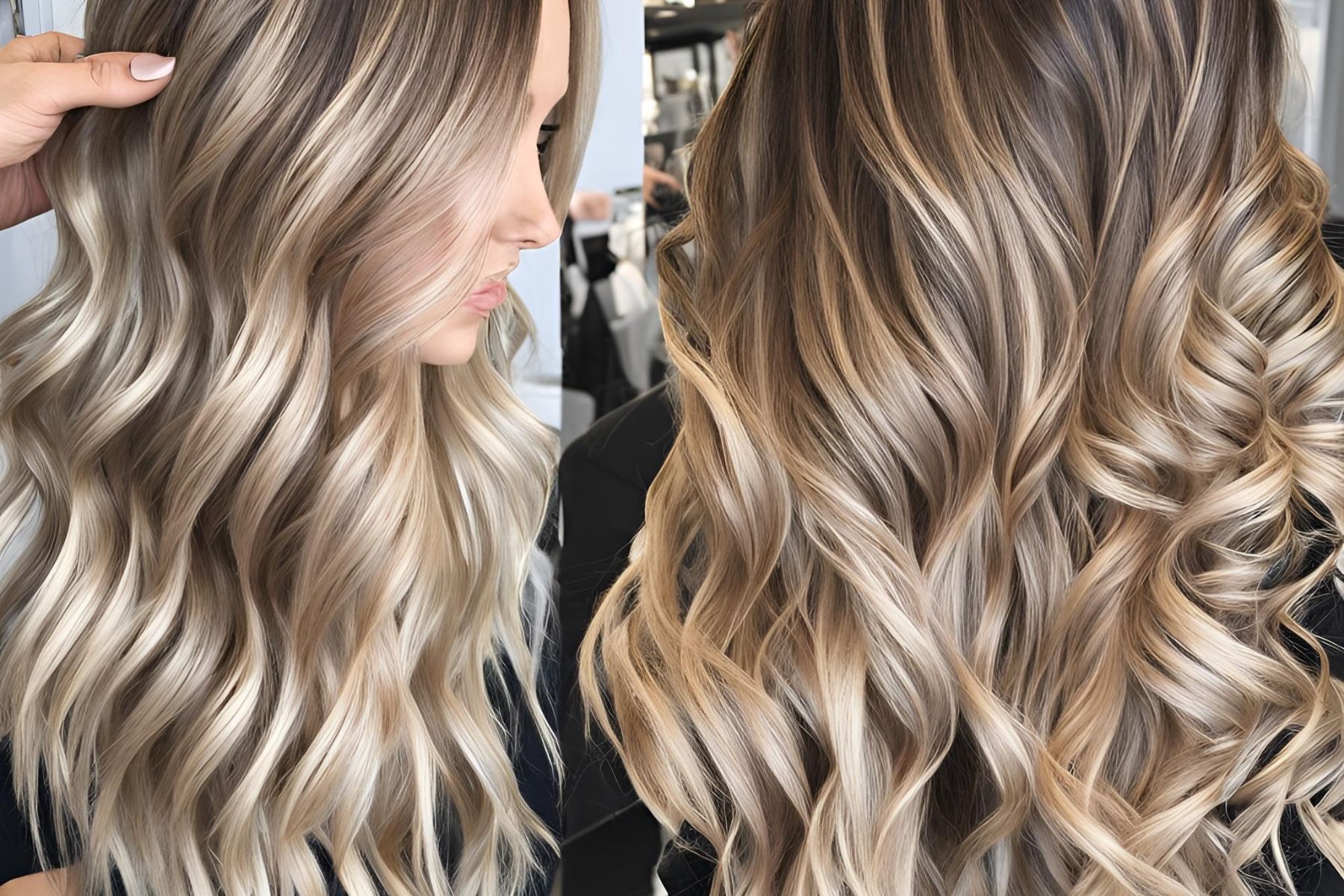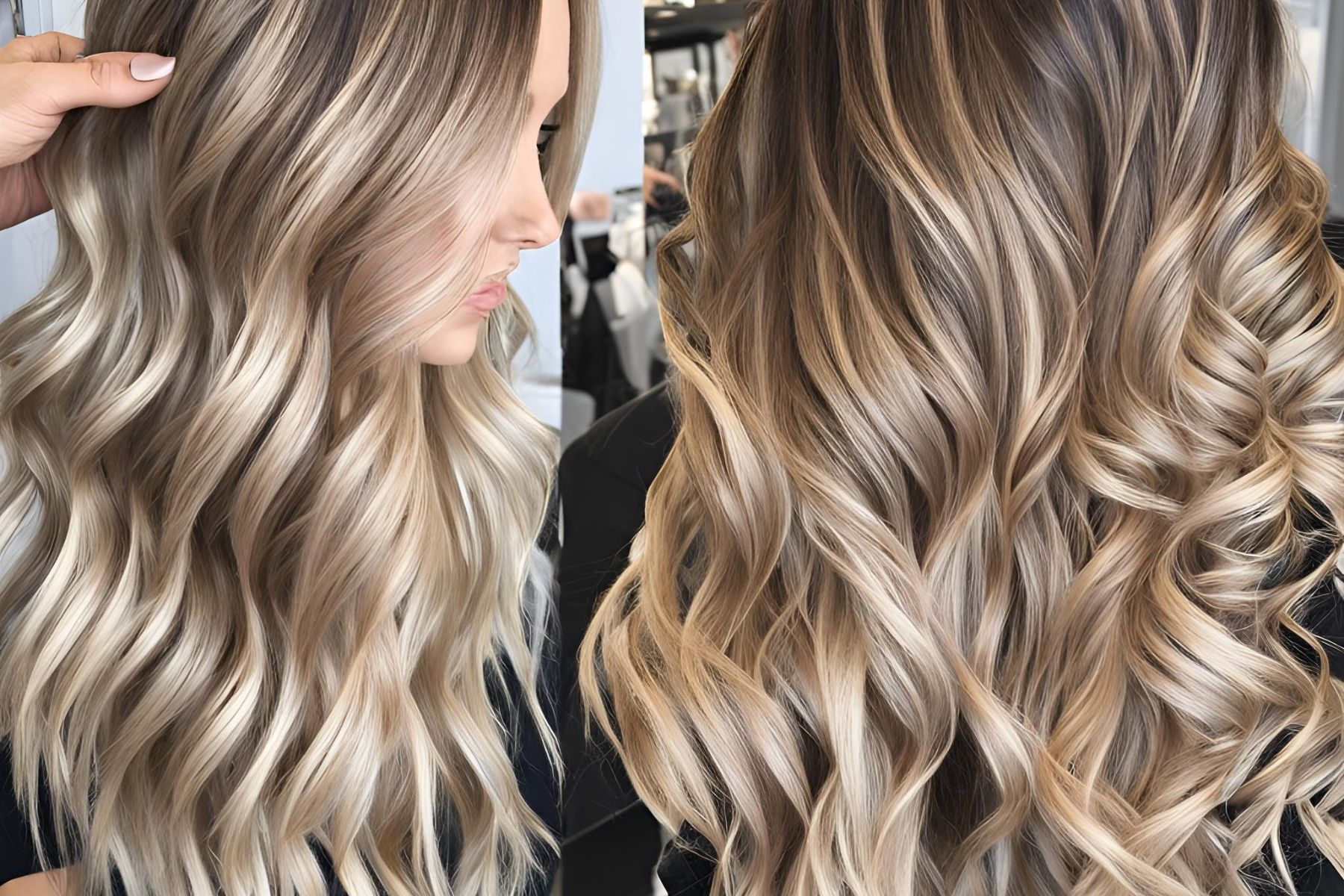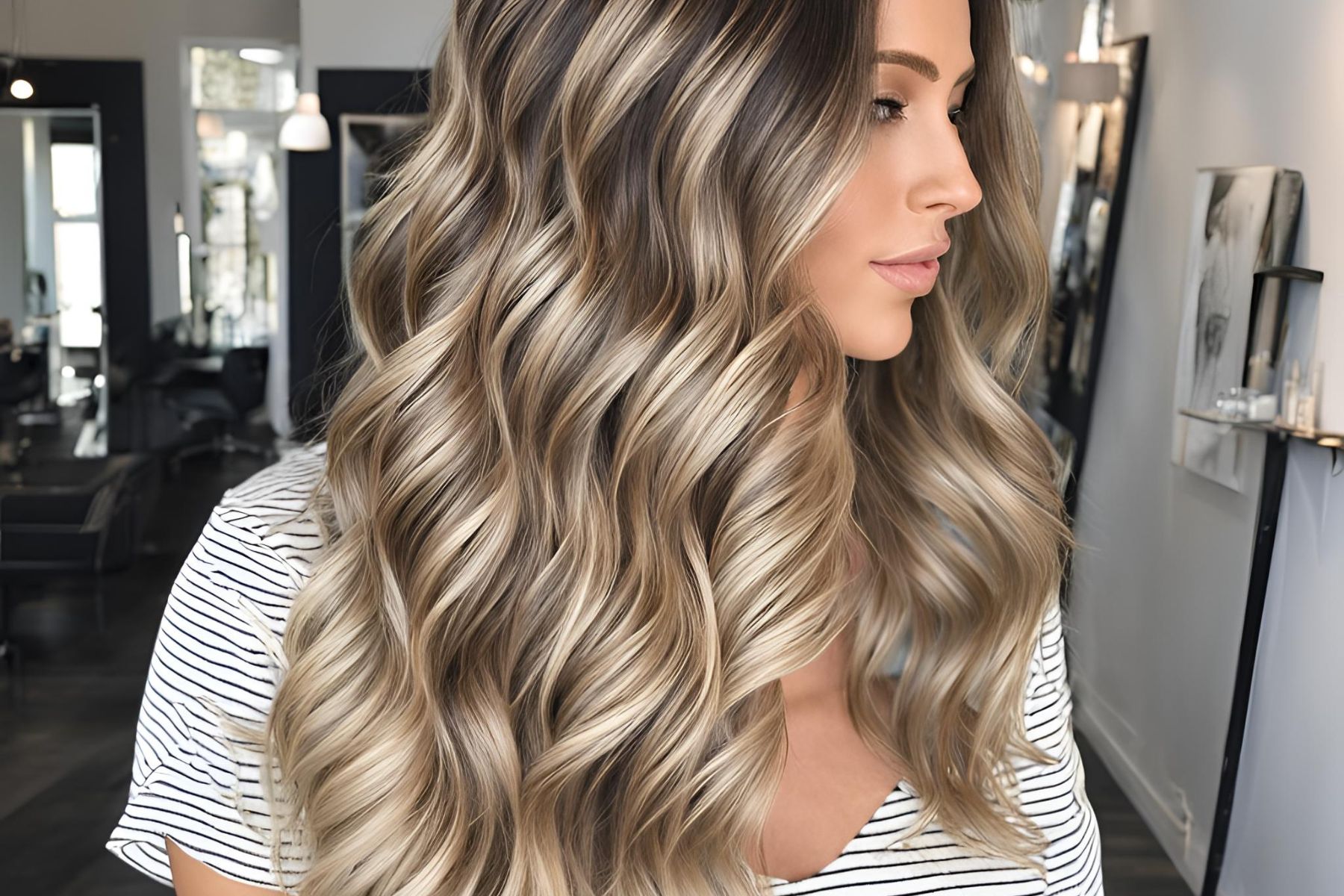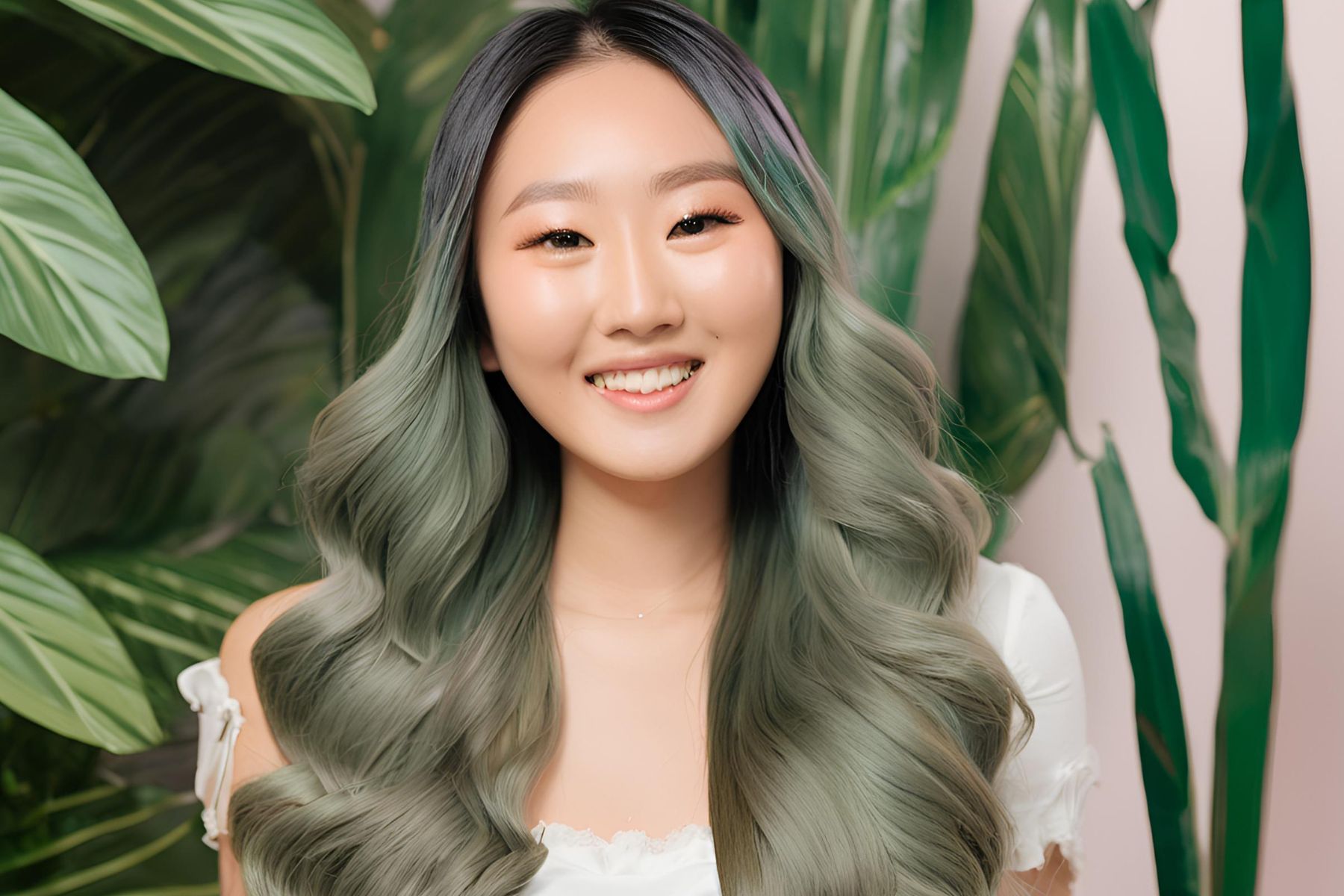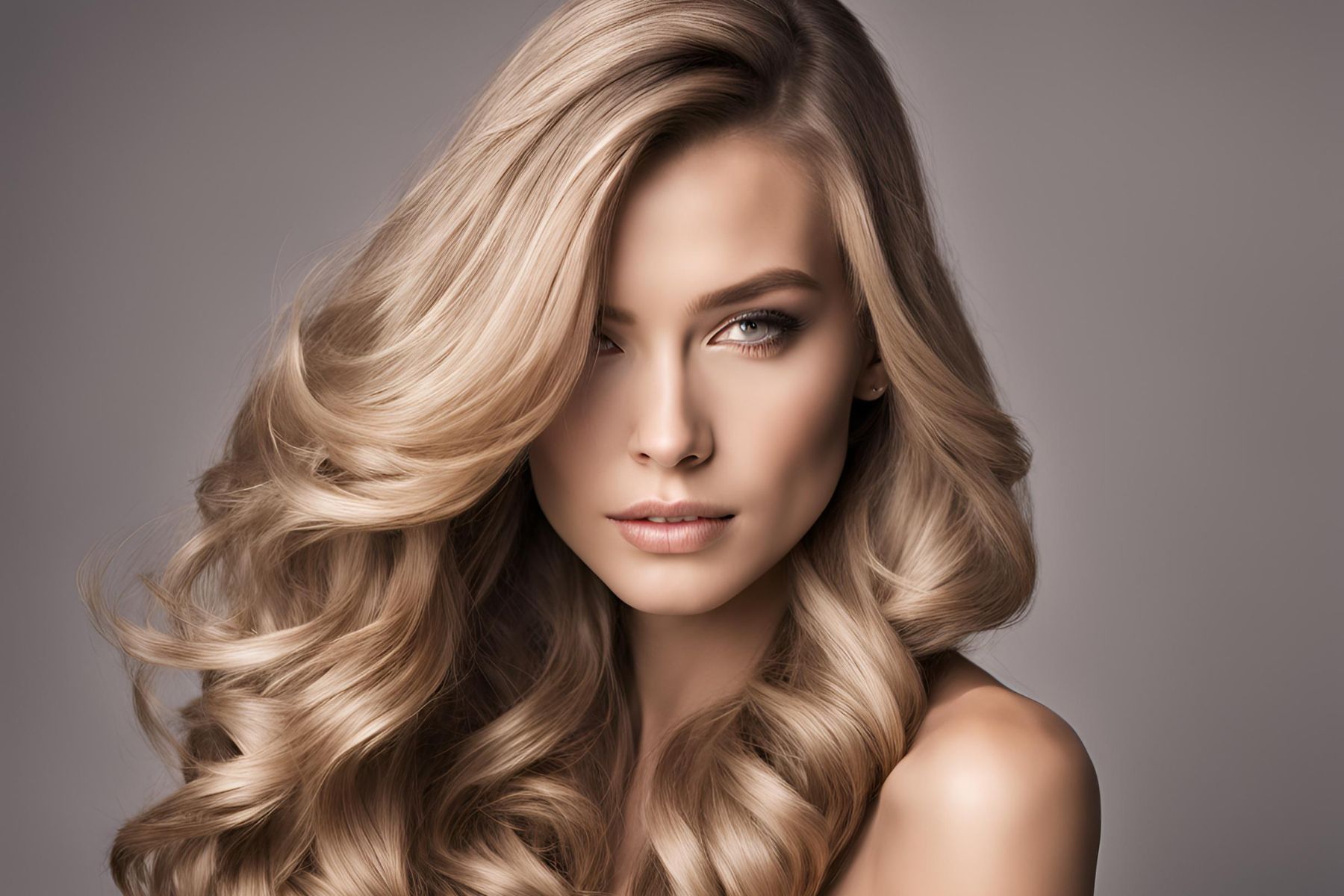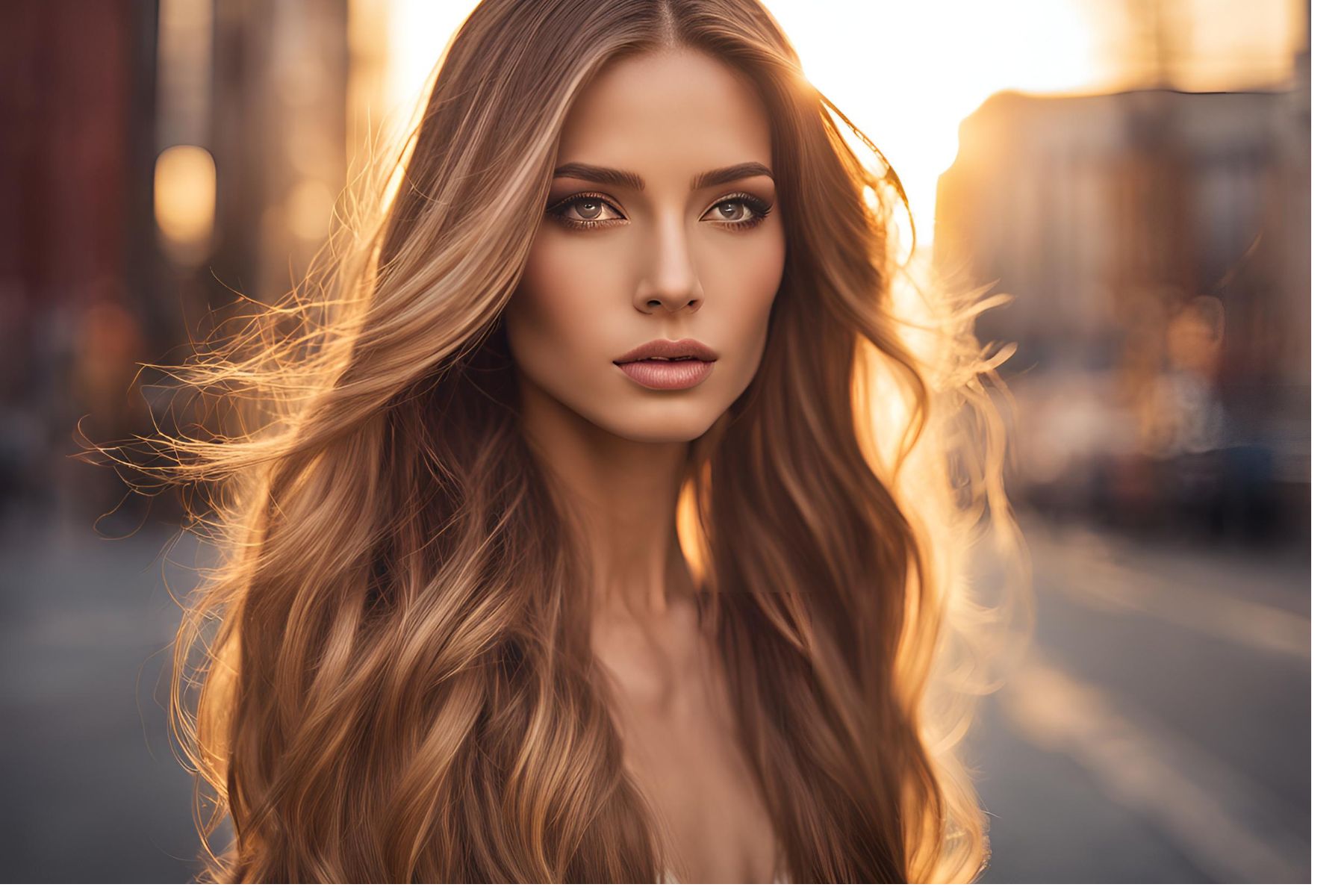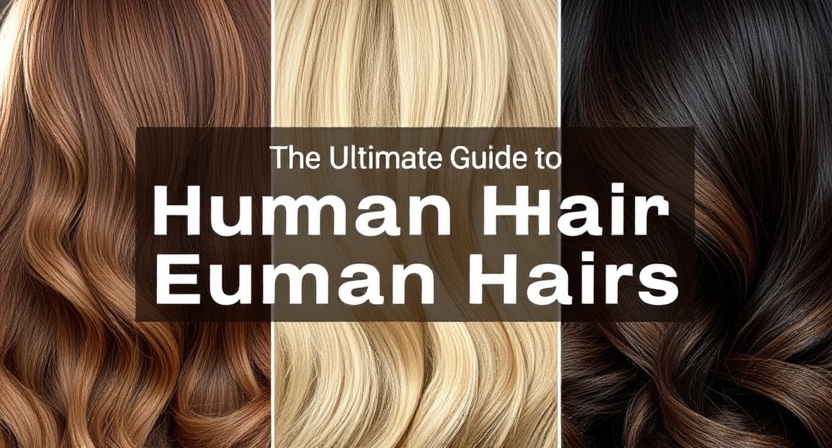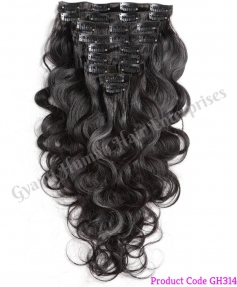Introduction
In the world of human hair extensions and wigs, quality is paramount. Wholesalers and suppliers play a crucial role in ensuring that only the finest products reach the market. This guide delves into the essential factors to consider when assessing the quality of human hair. By understanding these key points, you can make informed decisions, build trust with your customers, and ultimately thrive in this competitive industry.
1. Origin and Sourcing
- Ethical Sourcing: Prioritize suppliers who adhere to ethical sourcing practices, ensuring that the hair is obtained ethically and responsibly.
- Hair Origin: Understand the specific origin of the hair (e.g., Indian, Chinese, Vietnamese). Each region has distinct characteristics that can influence the hair's texture, color, and overall quality.
- Remy vs. Non-Remy: Remy hair is considered superior as the cuticles are aligned, preventing tangling and shedding. Non-Remy hair may have mixed cuticles, leading to more maintenance and potential damage.
2. Hair Type and Texture
- Natural Texture: Assess the hair's natural texture (straight, wavy, curly). Ensure that the texture matches the advertised description.
- Density: Determine the hair's density, which refers to the thickness and fullness of the strands. Higher-quality hair typically has a thicker density.
- Color: Examine the color consistency and uniformity. Avoid hair with artificial or unnatural-looking colors.
3. Hair Length and Thickness
- Length Consistency: Verify that the hair length is consistent throughout the bundle or weft. Avoid hair with uneven lengths.
- Thickness: Assess the thickness of the hair strands. Thicker hair generally indicates higher quality.
4. Cuticle Alignment
- Cuticle Direction: Ensure that the hair cuticles are aligned in the same direction, preventing tangling and shedding.
- Intact Cuticles: Verify that the cuticles are intact and not damaged. Damaged cuticles can lead to dryness, frizz, and breakage.
5. Hair Processing
- Chemical Processing: Be aware of any chemical processing the hair has undergone (e.g., coloring, straightening, perming). Excessive chemical treatments can compromise the hair's quality and longevity.
- Processing Methods: Inquire about the specific processing methods used. High-quality hair is often processed using gentle methods that preserve its natural integrity.
6. Hair Elasticity and Strength
- Stretch Test: Gently stretch a strand of hair and observe its elasticity. High-quality hair should return to its original shape without breaking.
- Strength Test: Test the hair's strength by gently pulling on it. It should not break easily.
7. Hair Sheen and Luster
- Natural Shine: Assess the hair's natural shine and luster. High-quality hair should have a healthy, natural sheen.
- Artificial Shine: Avoid hair with an overly shiny or artificial-looking sheen, as this may indicate excessive silicone coating.
8. Hair Shedding and Tangles
- Shedding Test: Gently run your fingers through the hair and observe any shedding. Minimal shedding is a sign of good quality.
- Tangle Test: Wet the hair and comb through it. High-quality hair should detangle easily with minimal effort.
9. Hair Endings
- Split Ends: Inspect the hair endings for split ends. Avoid hair with excessive split ends, as this indicates damage and poor quality.
- Healthy Tips: Look for hair with healthy, rounded tips. Split or frayed tips are a sign of damage.
10. Hair Weft and Construction
- Weft Quality: Examine the quality of the weft used to secure the hair. A strong, well-constructed weft is essential for durability.
- Double Weft: Consider hair with a double weft for added strength and durability.
11. Certification and Documentation
- Certifications: Inquire about any certifications or certifications the supplier holds, such as ethical sourcing certifications or quality control standards.
- Documentation: Request documentation related to the hair's origin, processing, and quality control measures.
Conclusion
By carefully assessing these factors, wholesalers and suppliers can ensure that they are providing their customers with the highest quality human hair products. Investing time and effort into quality control will not only enhance your reputation but also contribute to the long-term success of your business.
Related Blog





